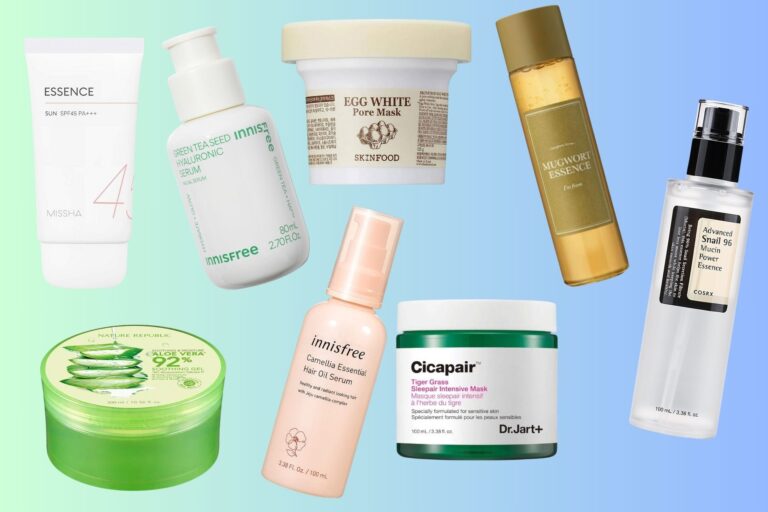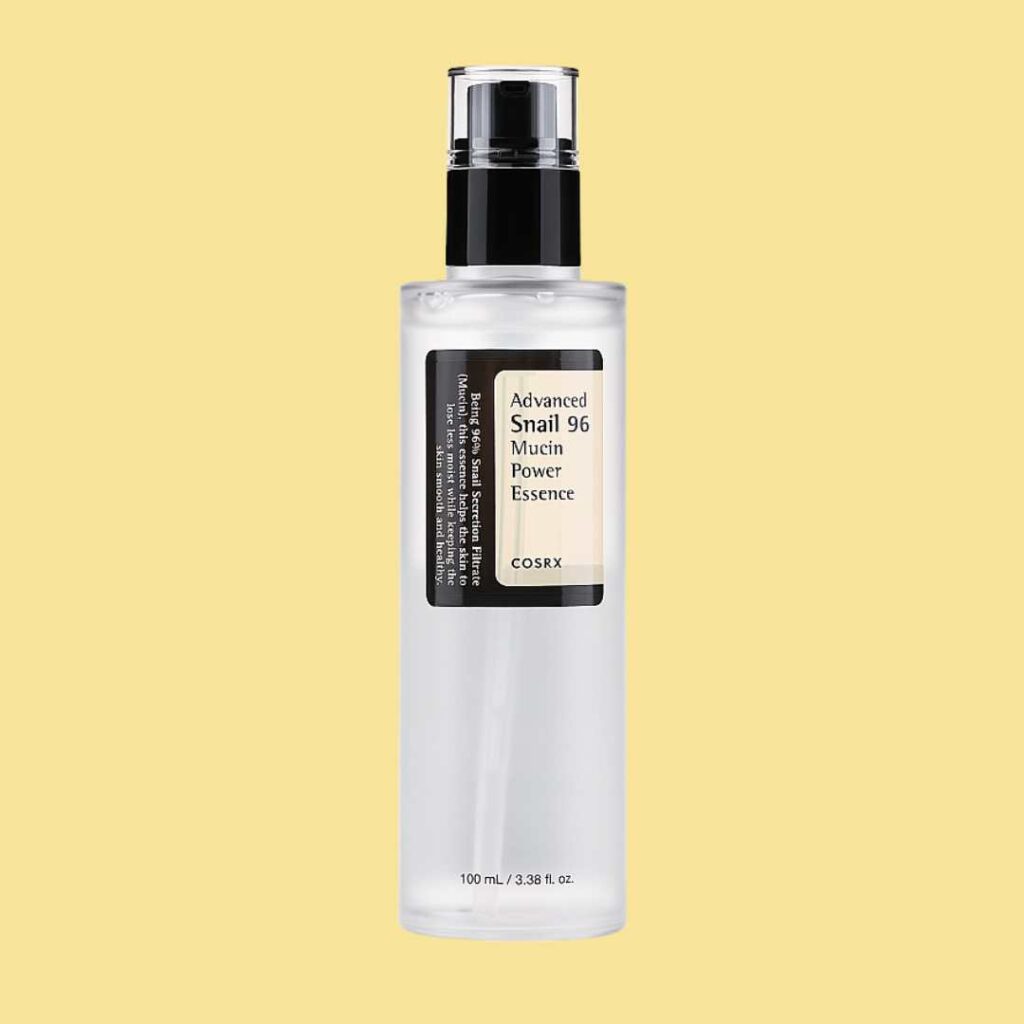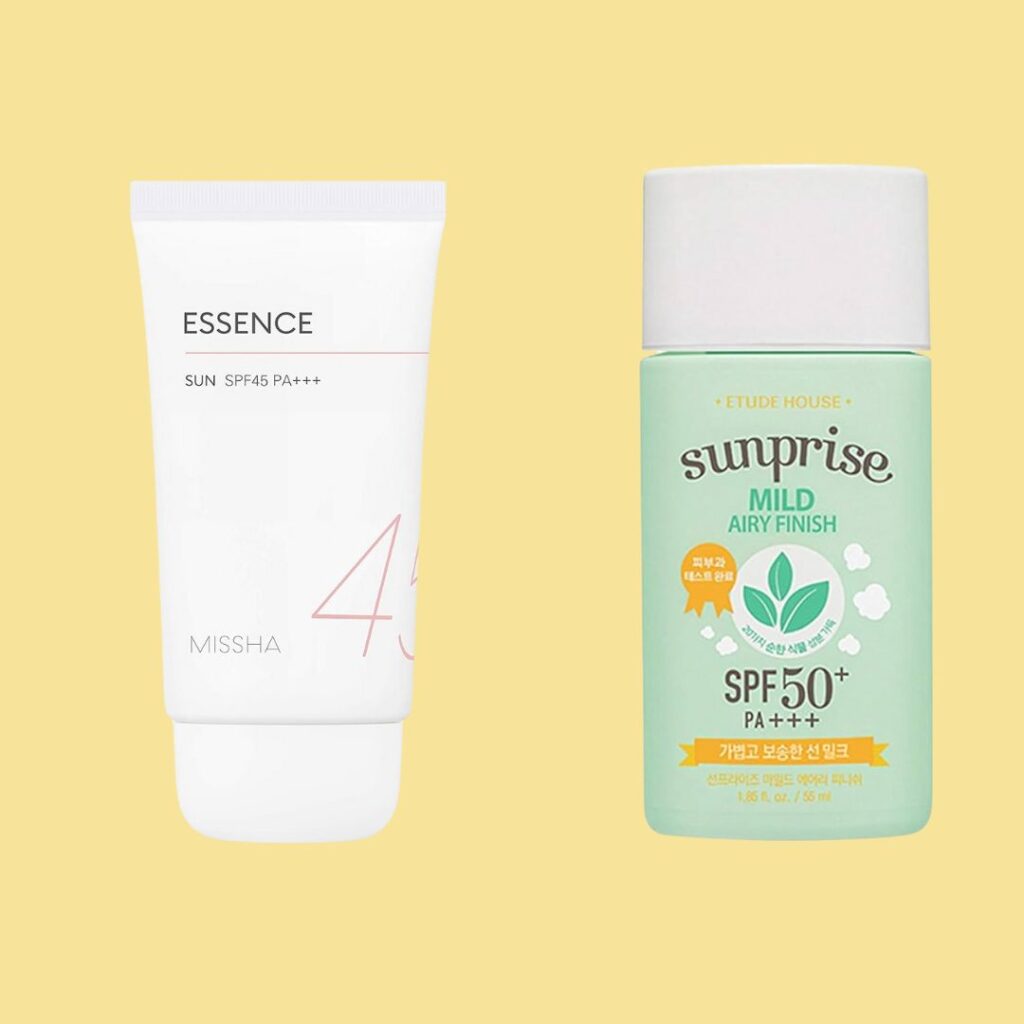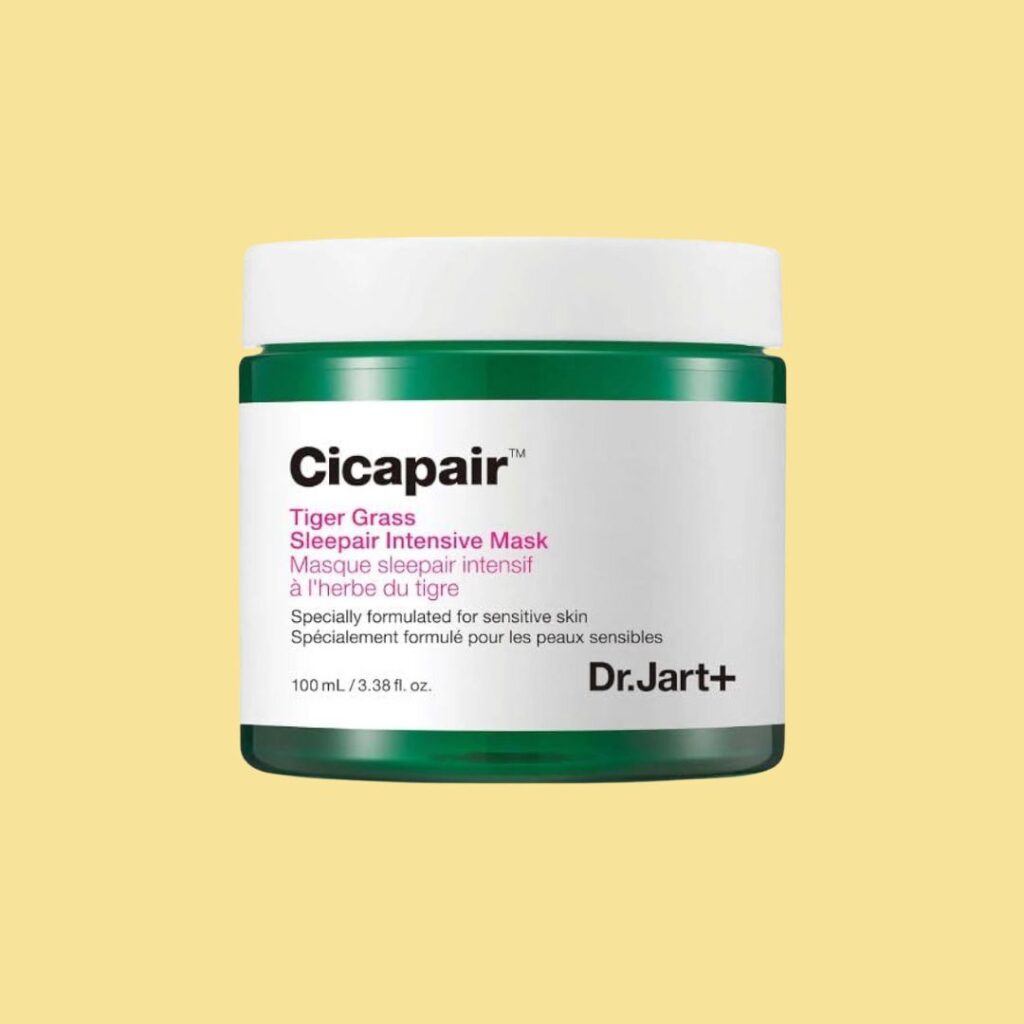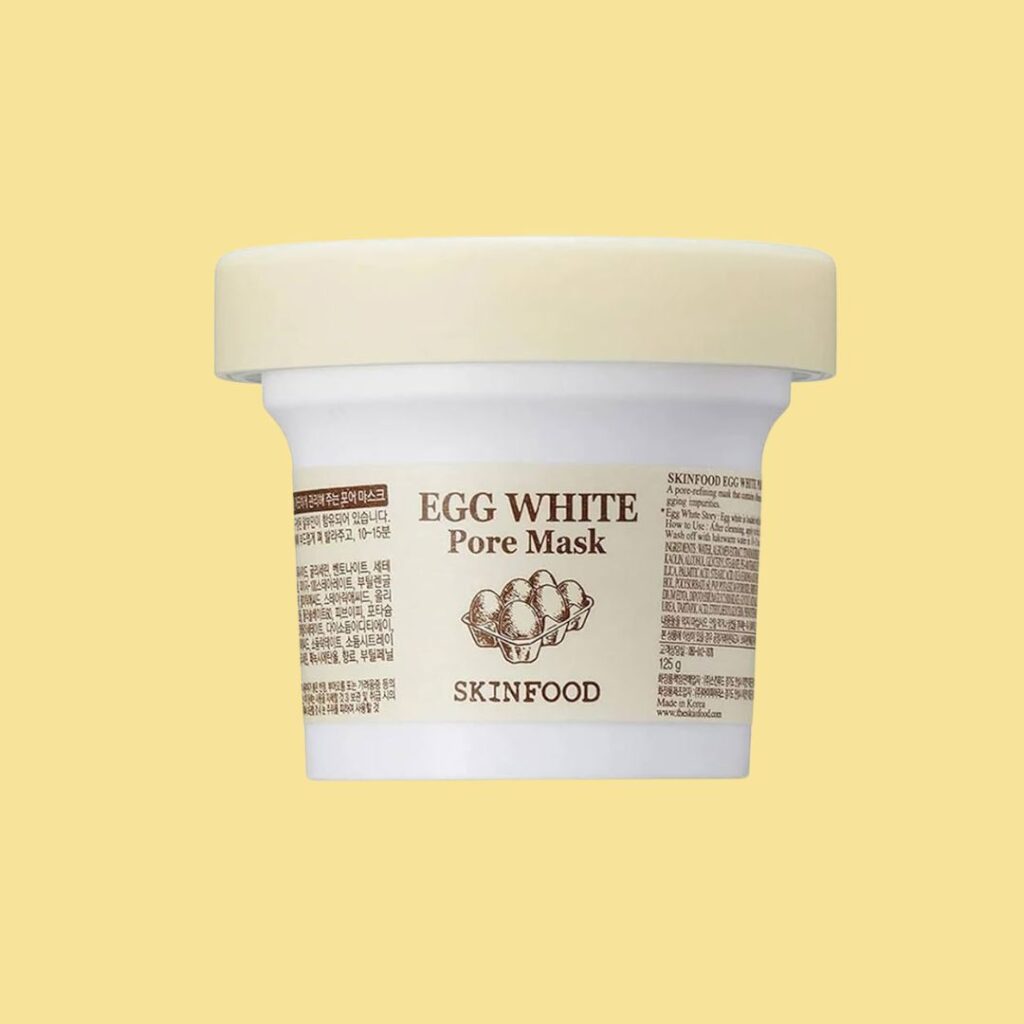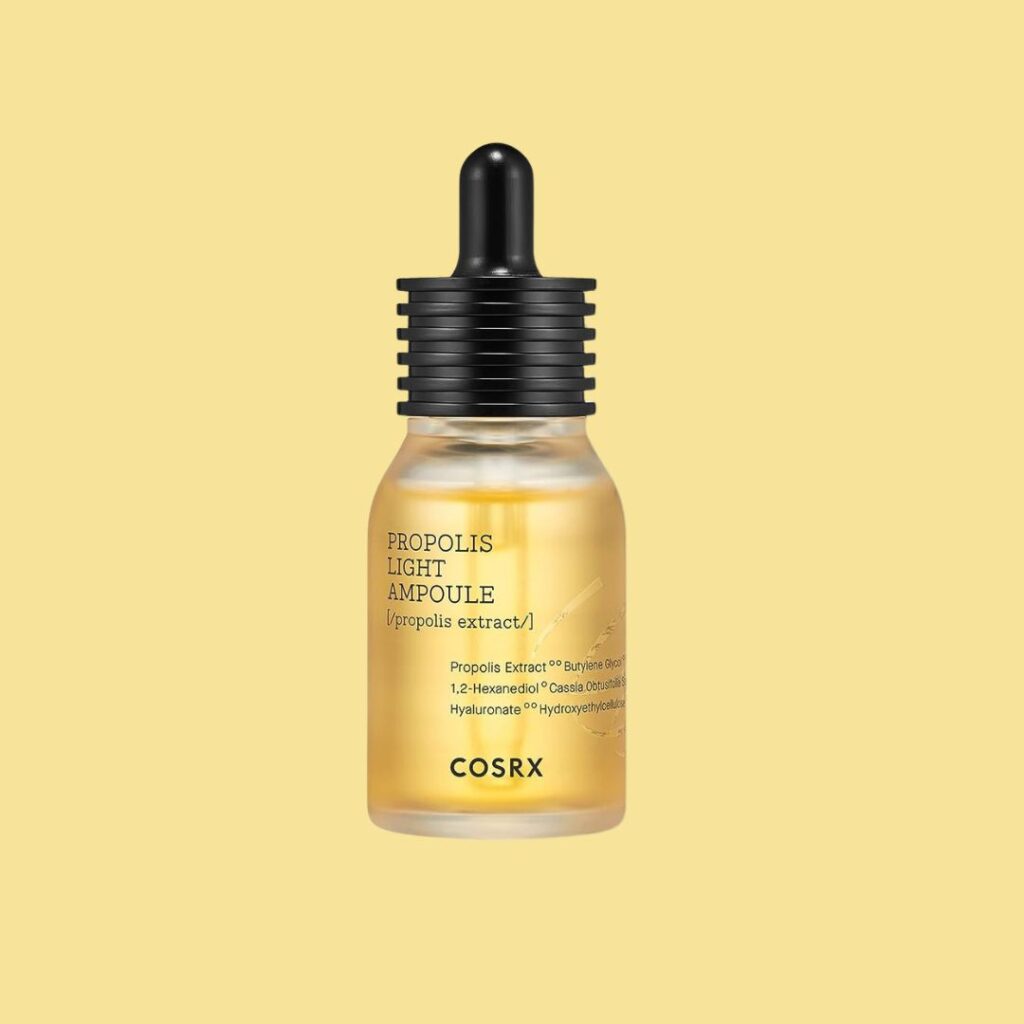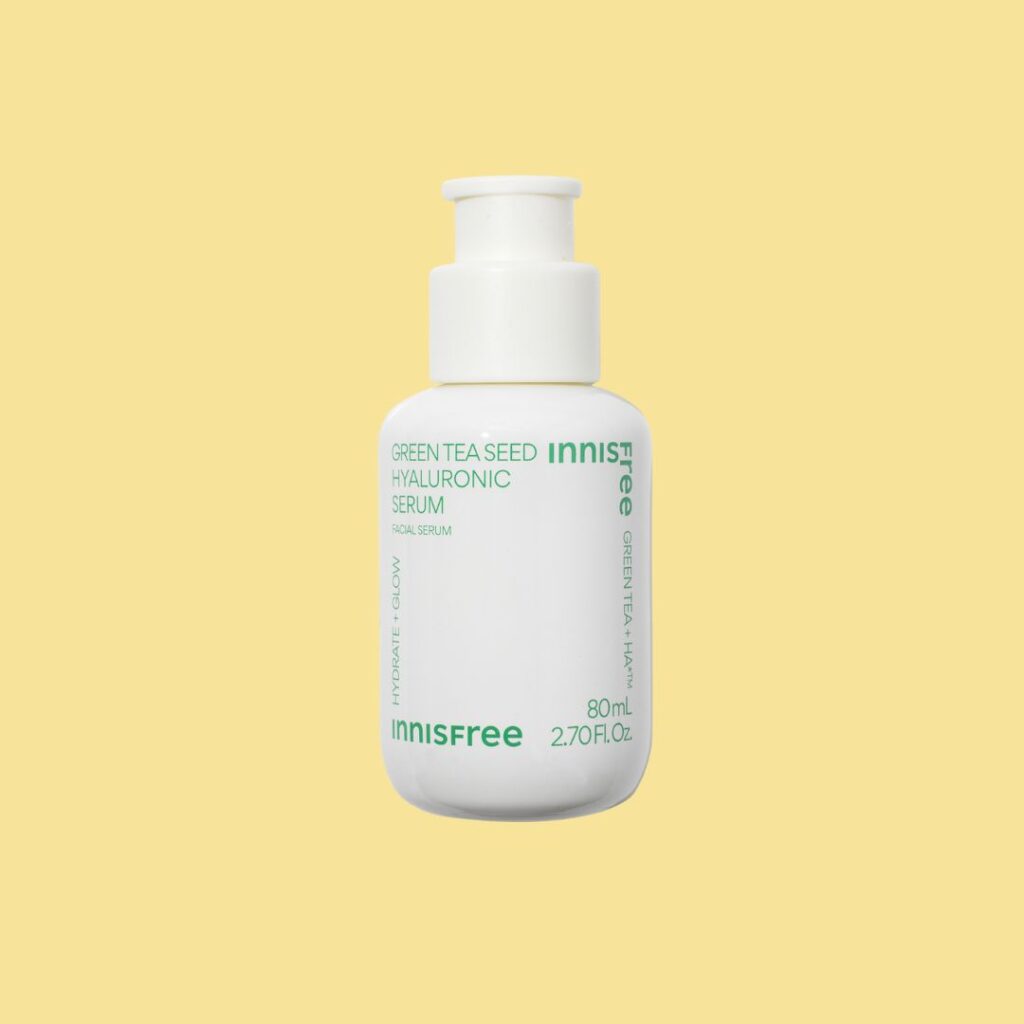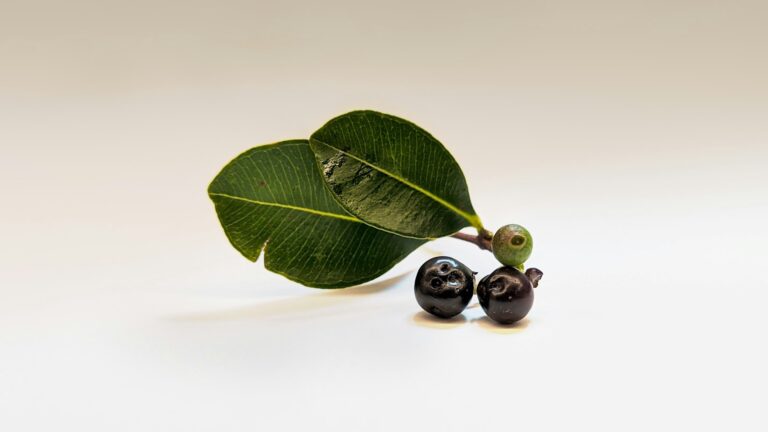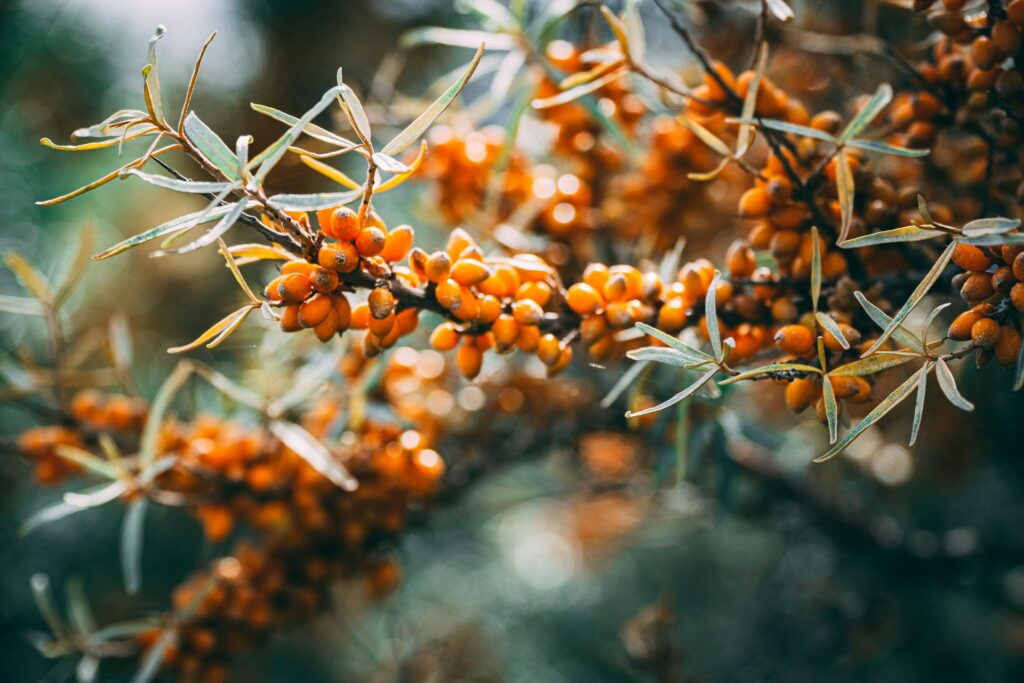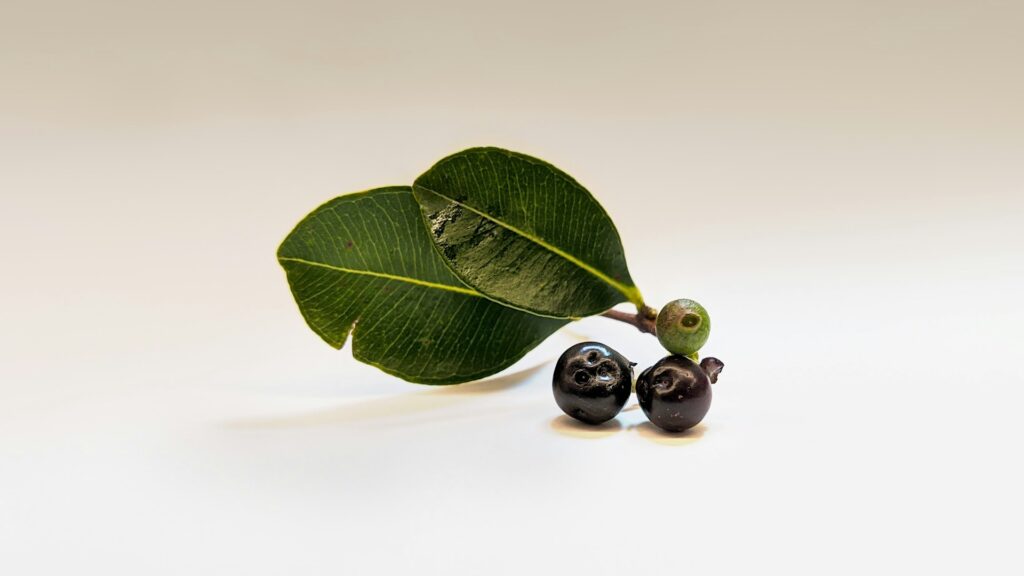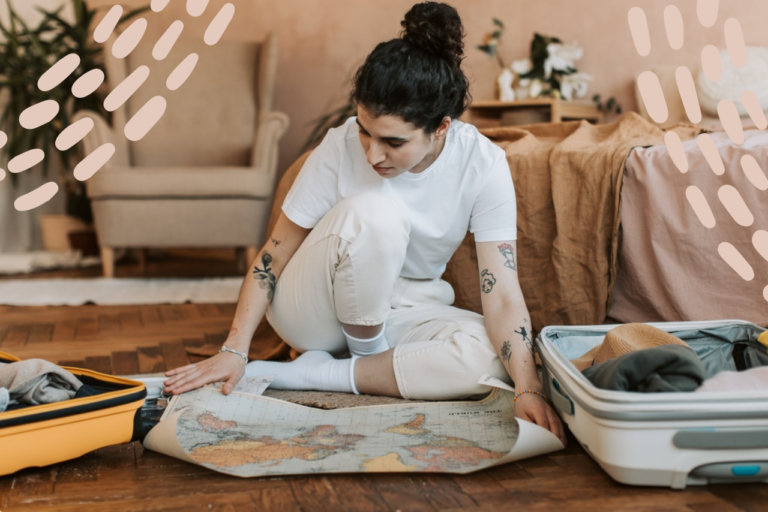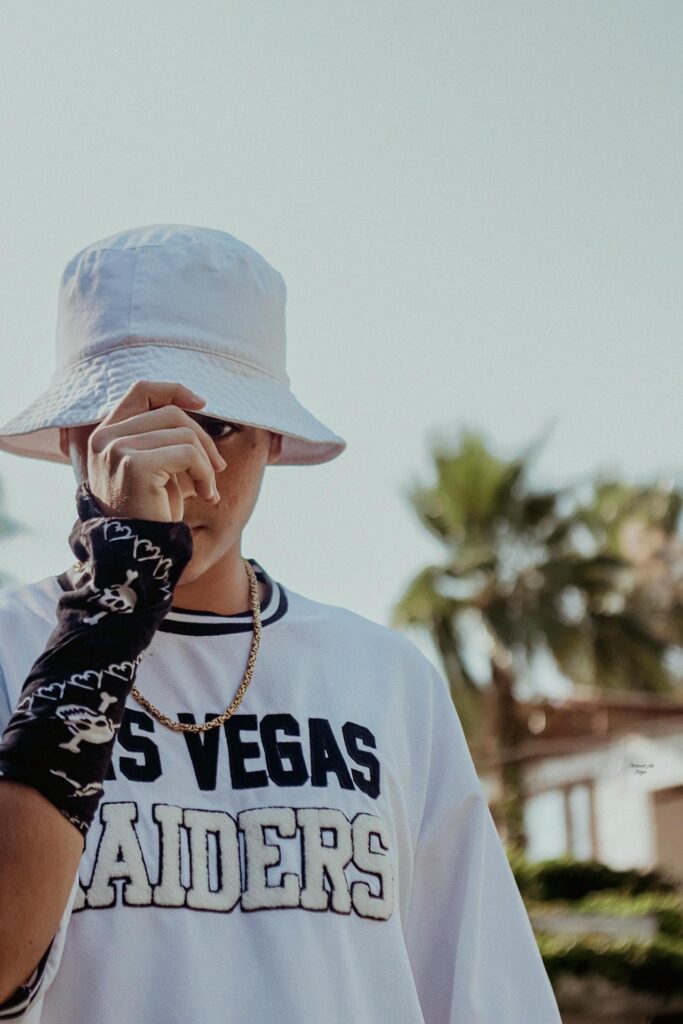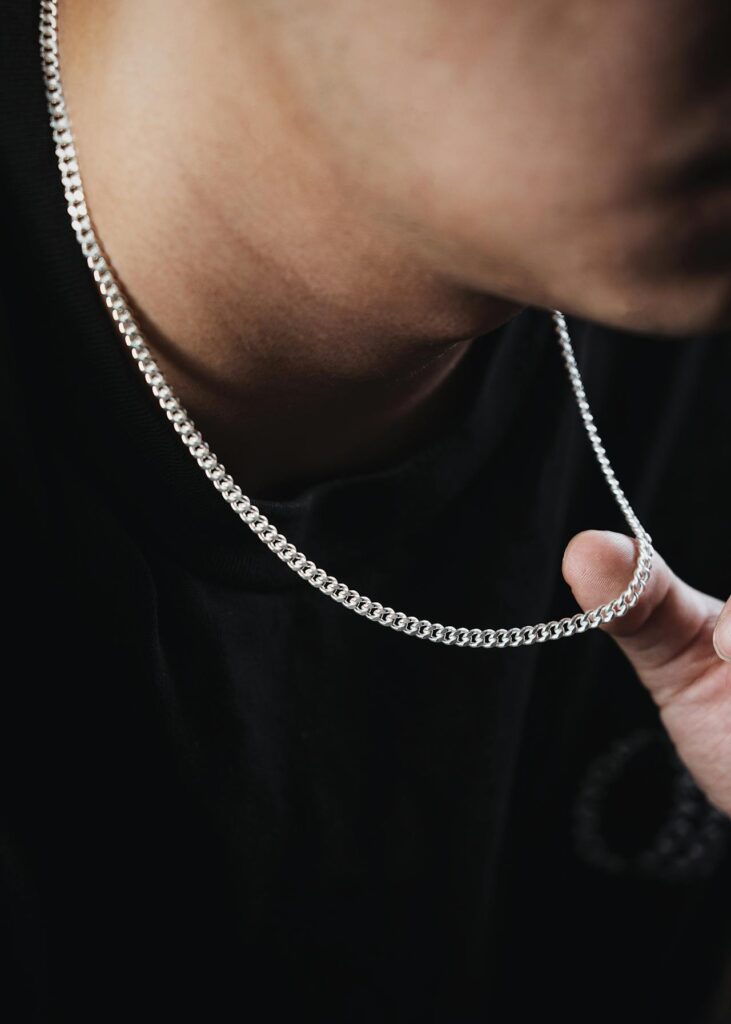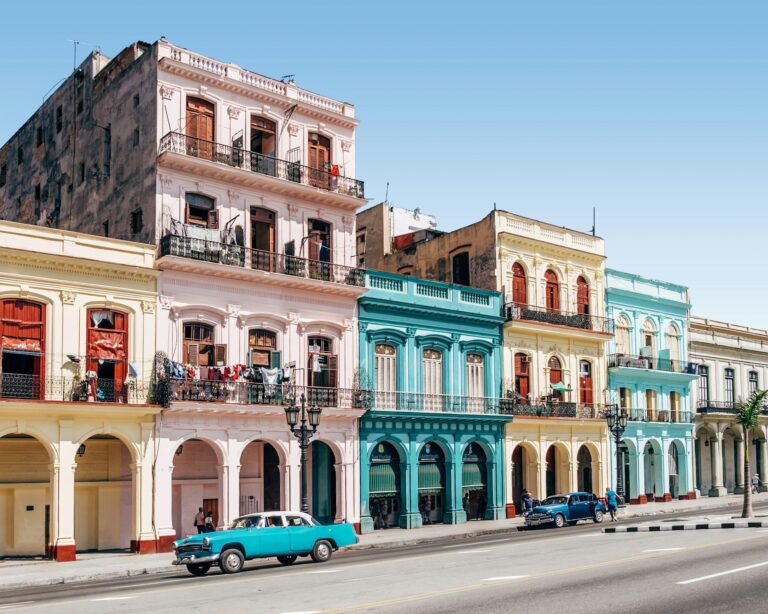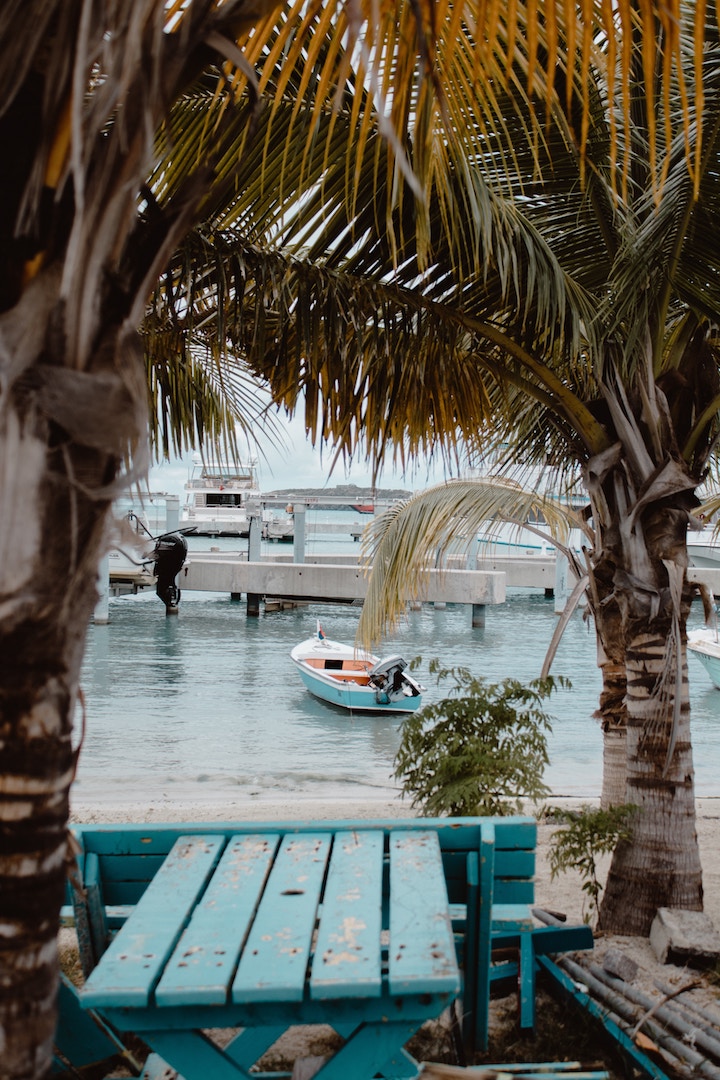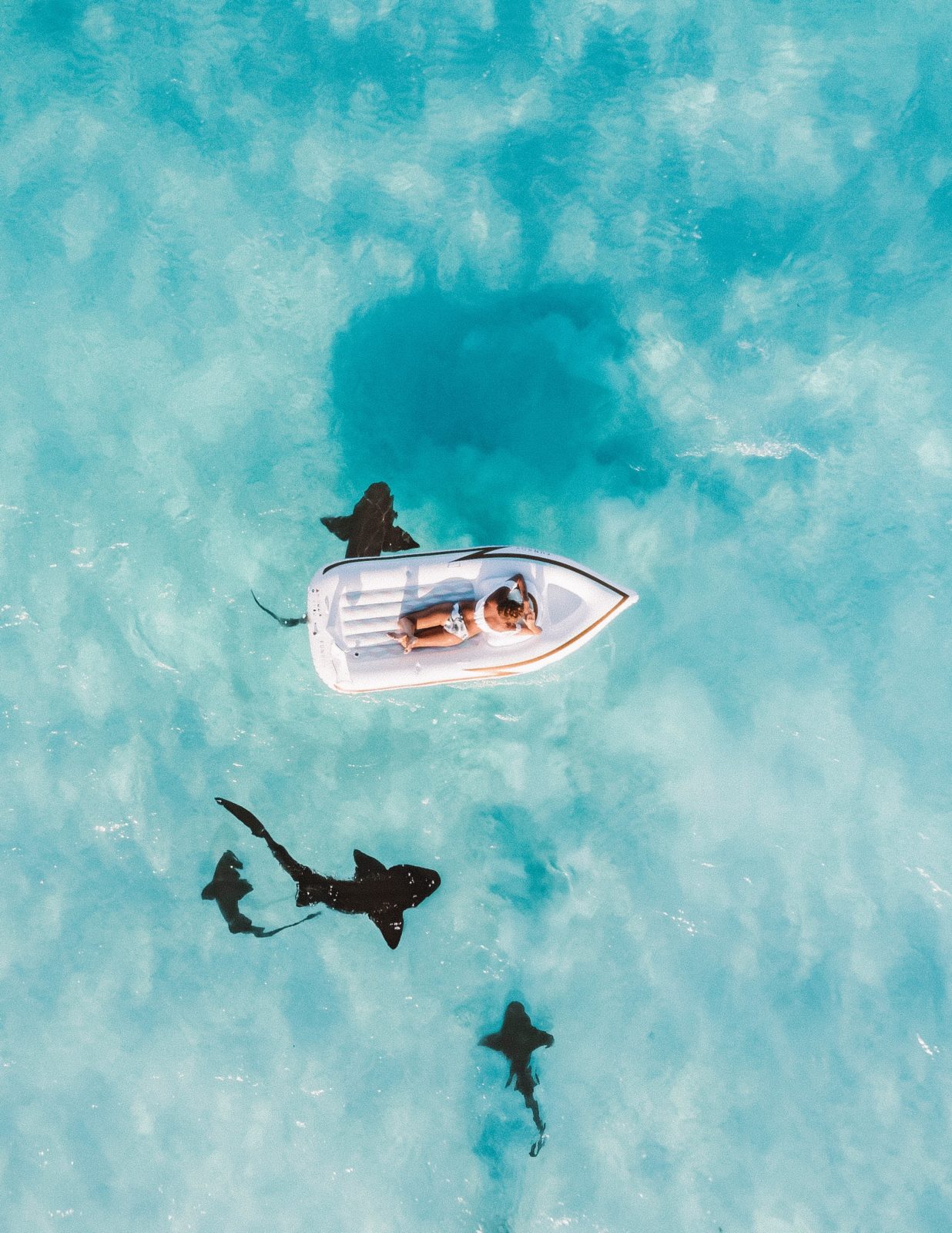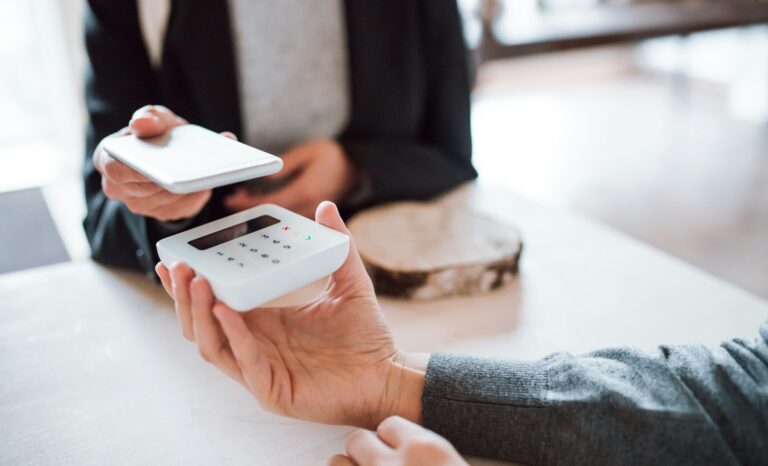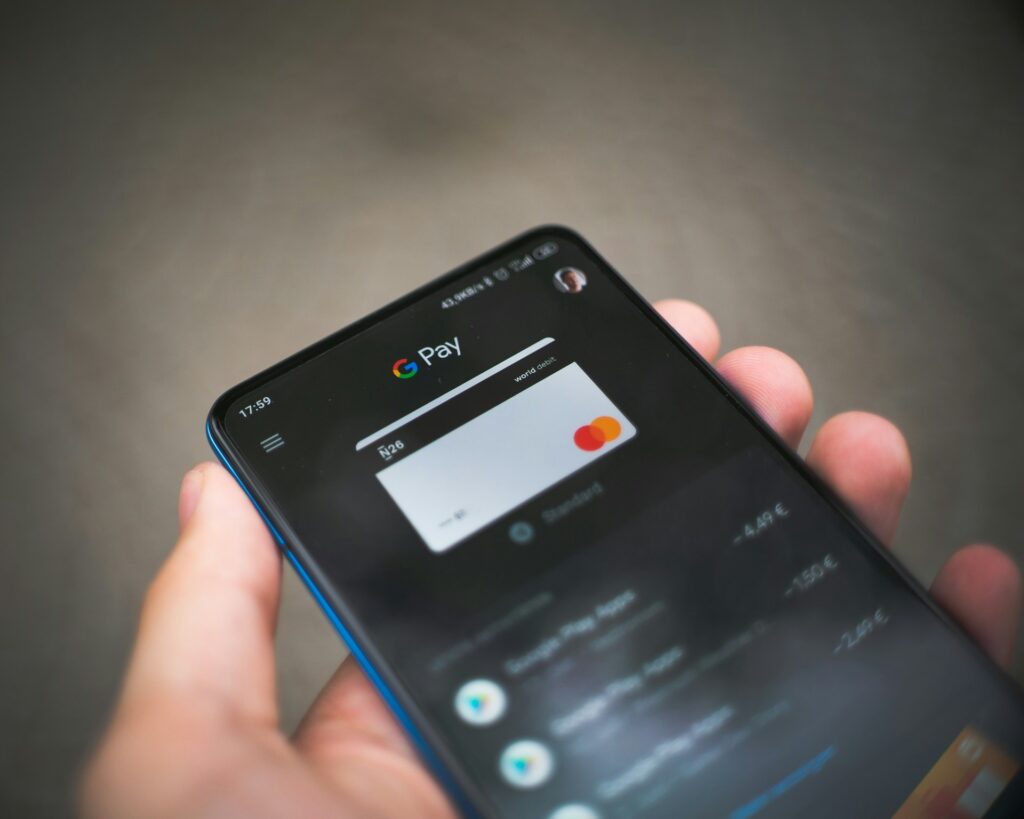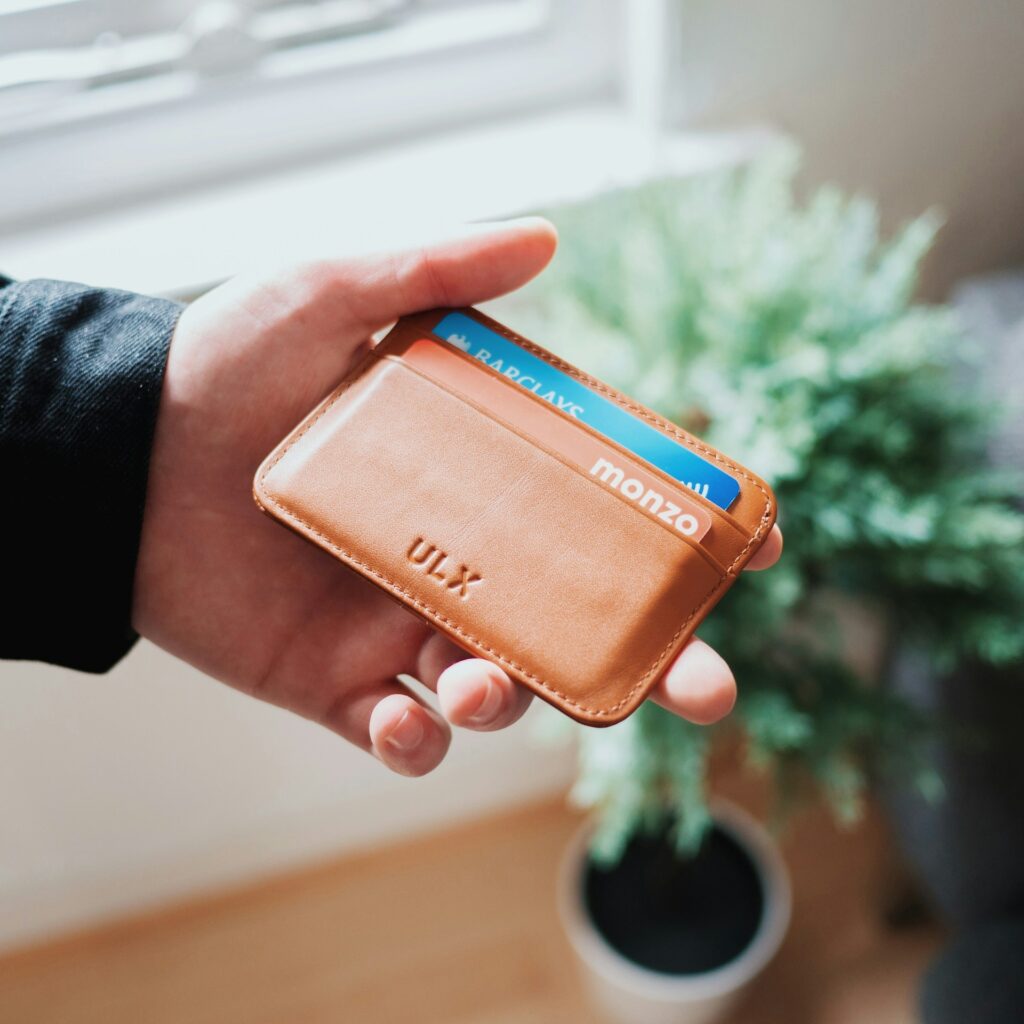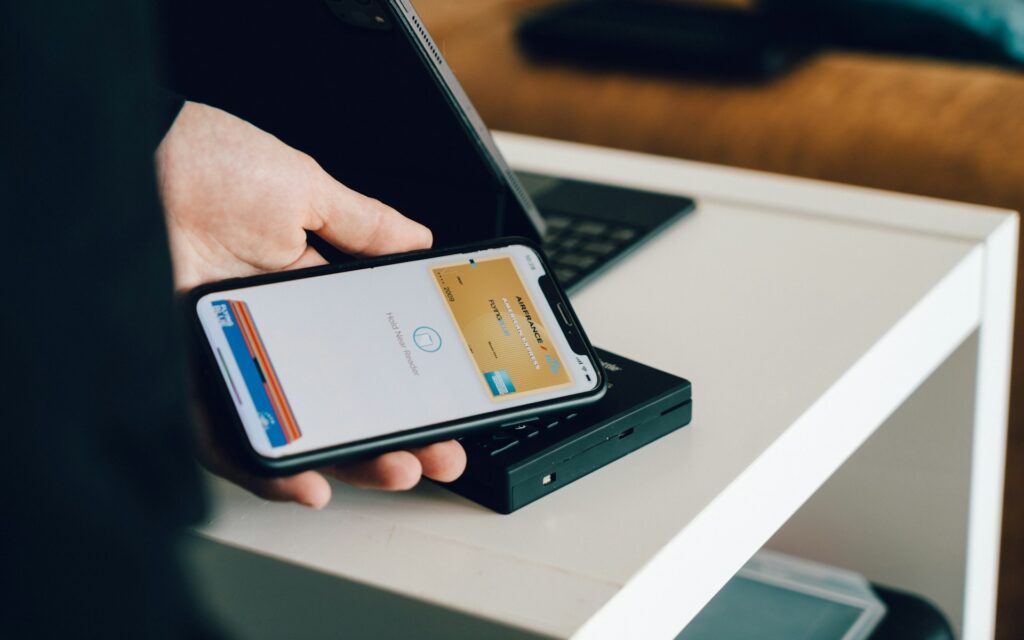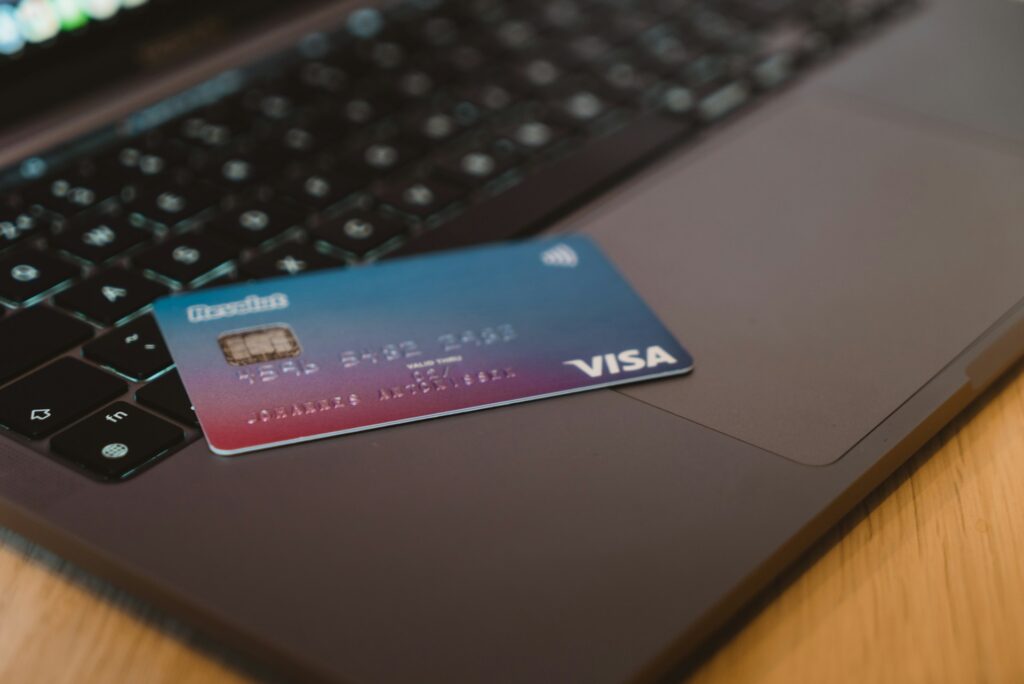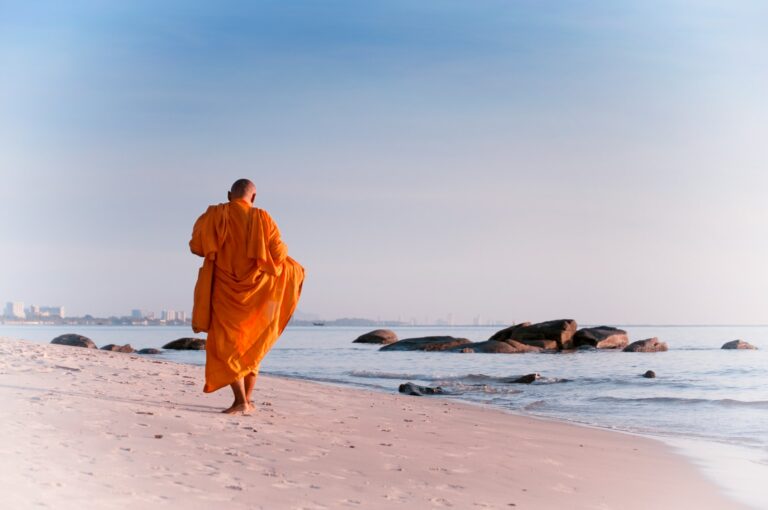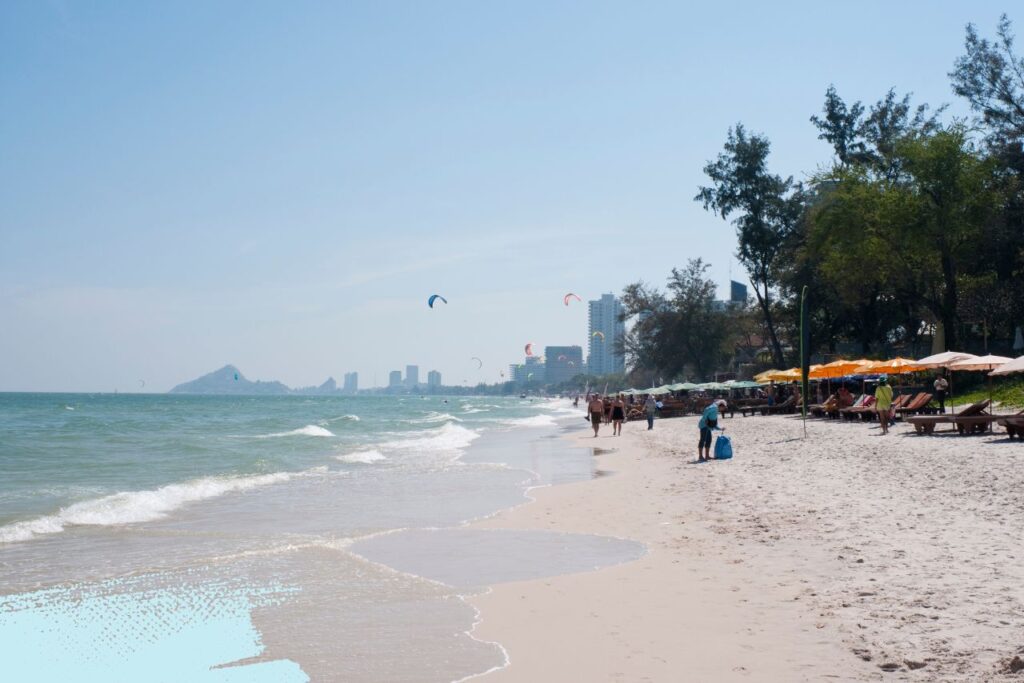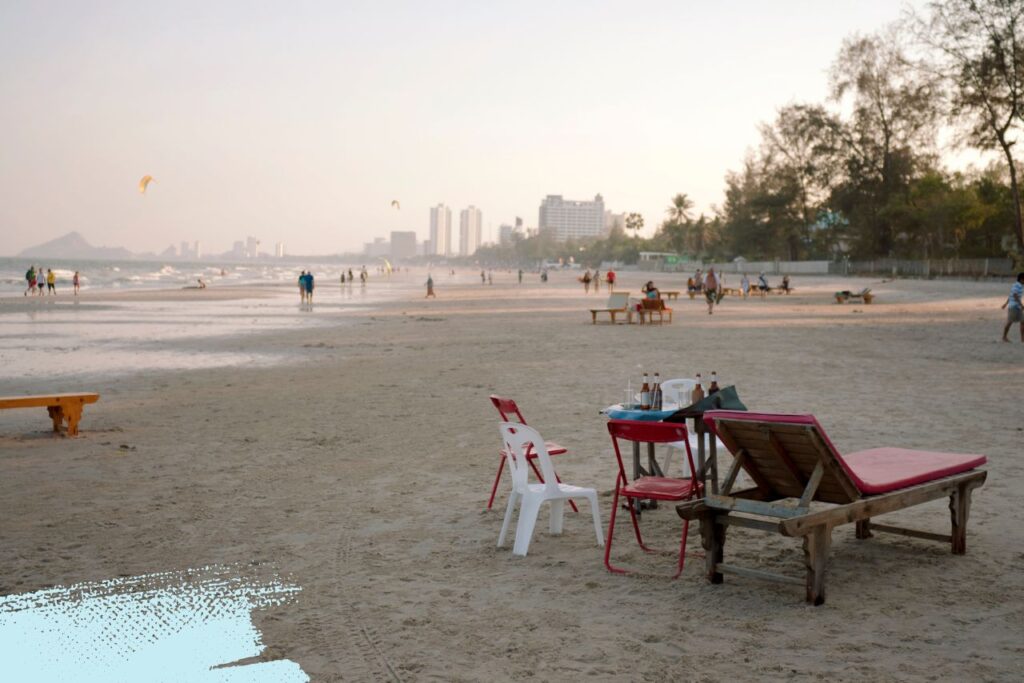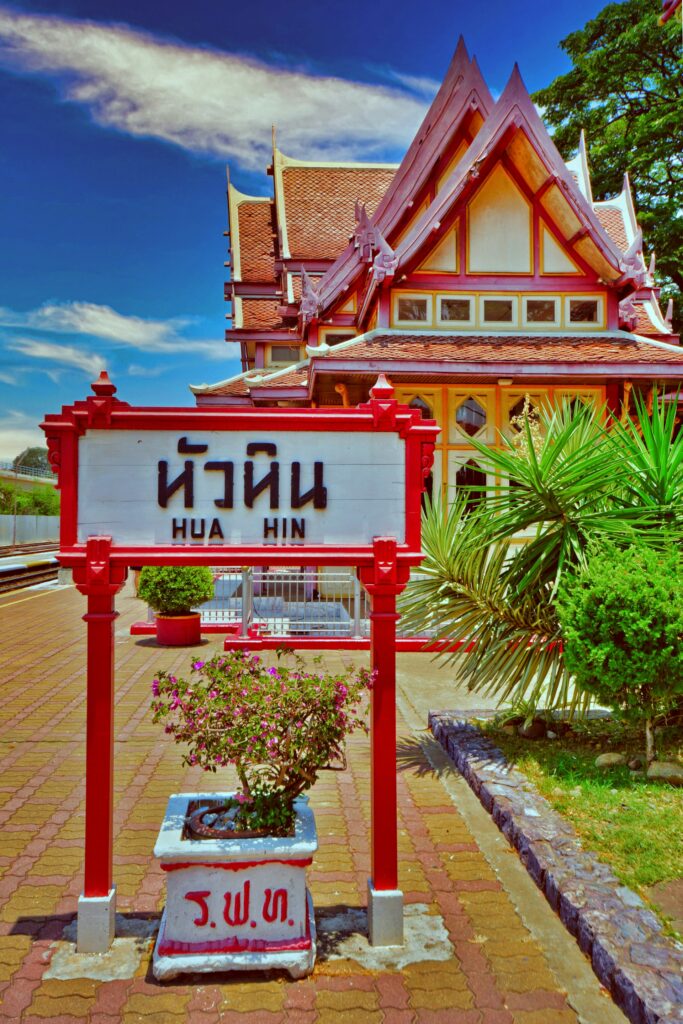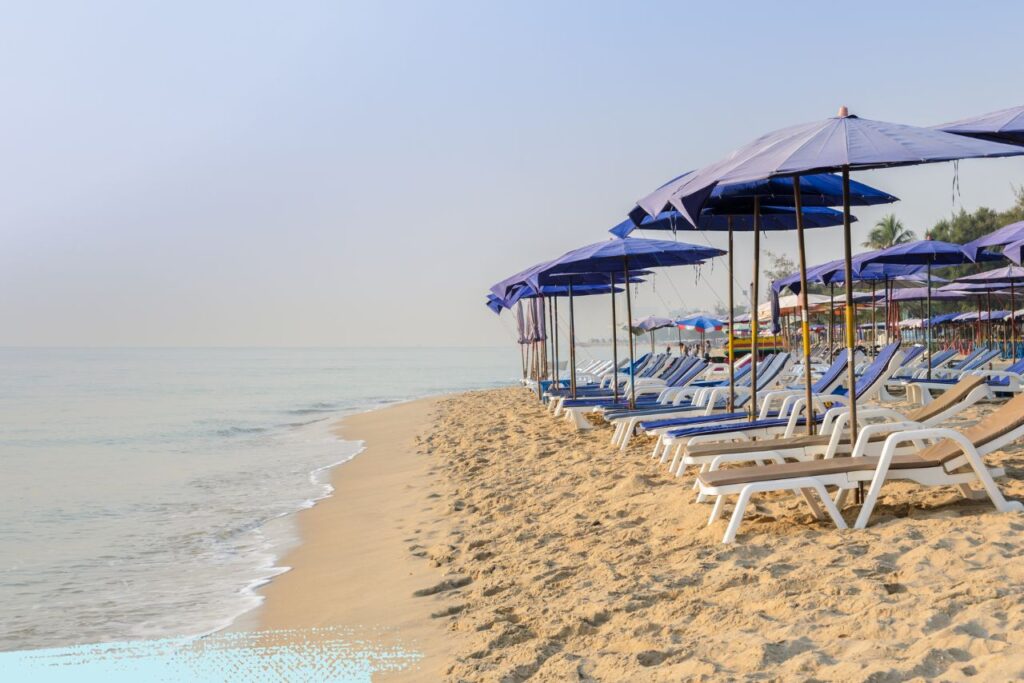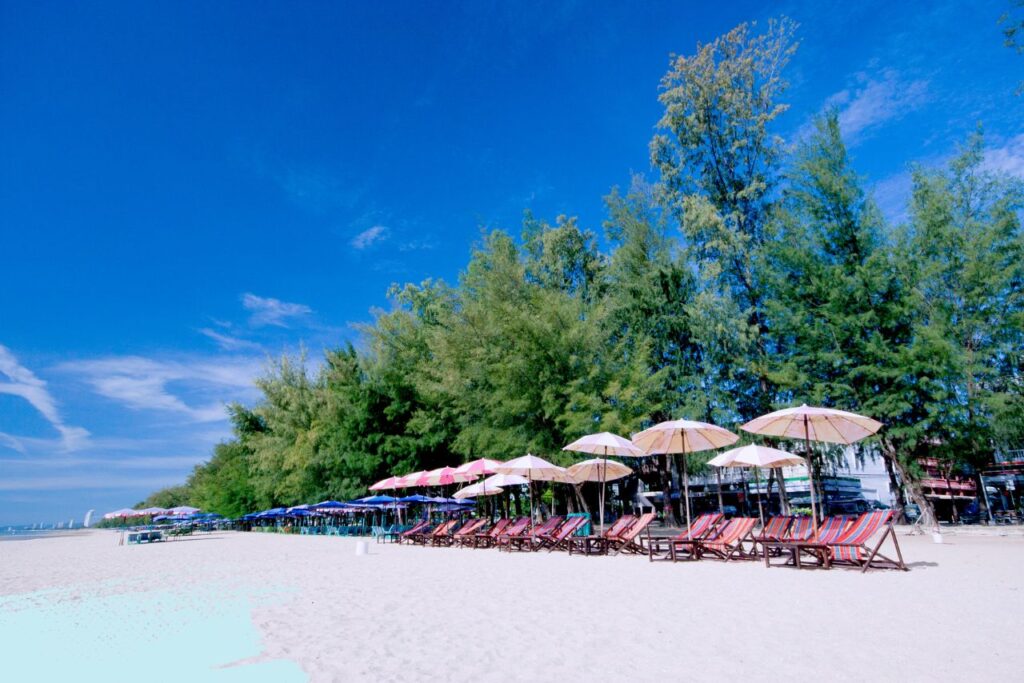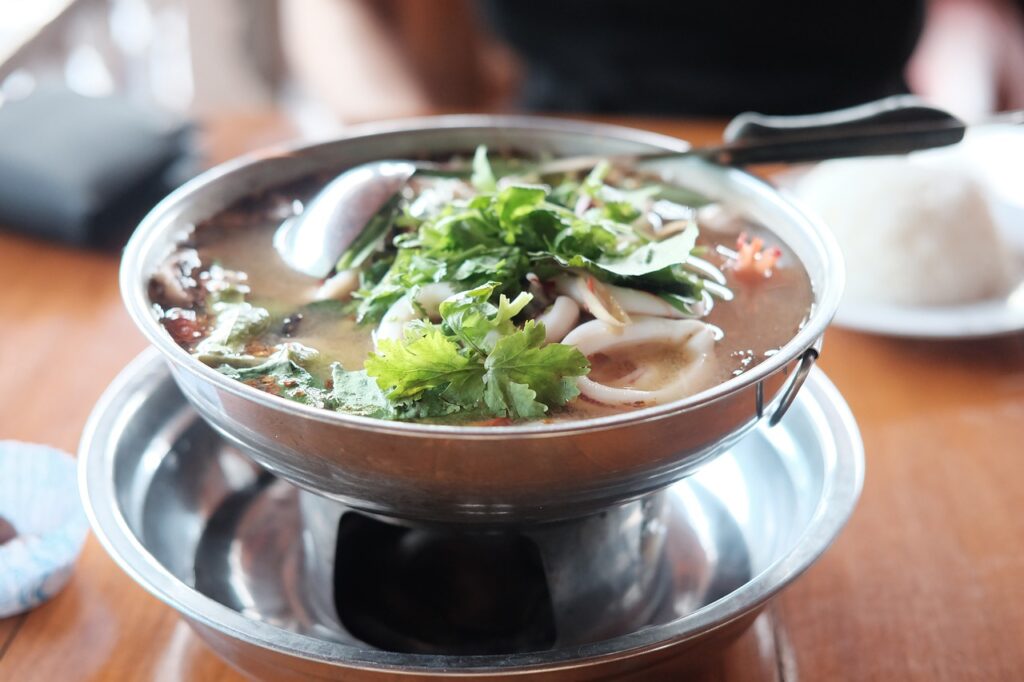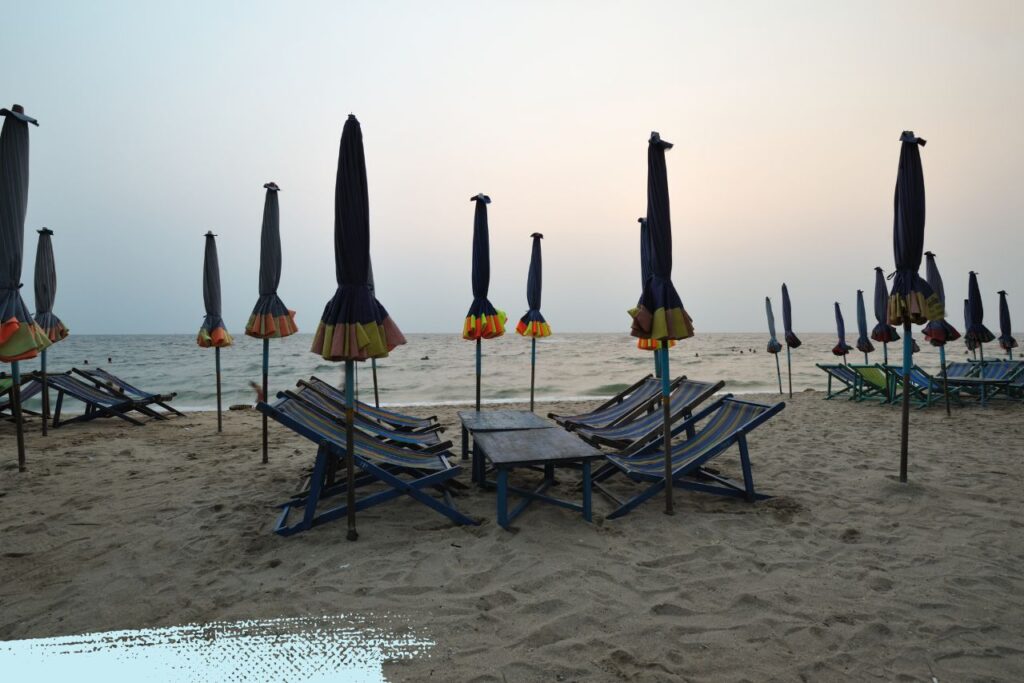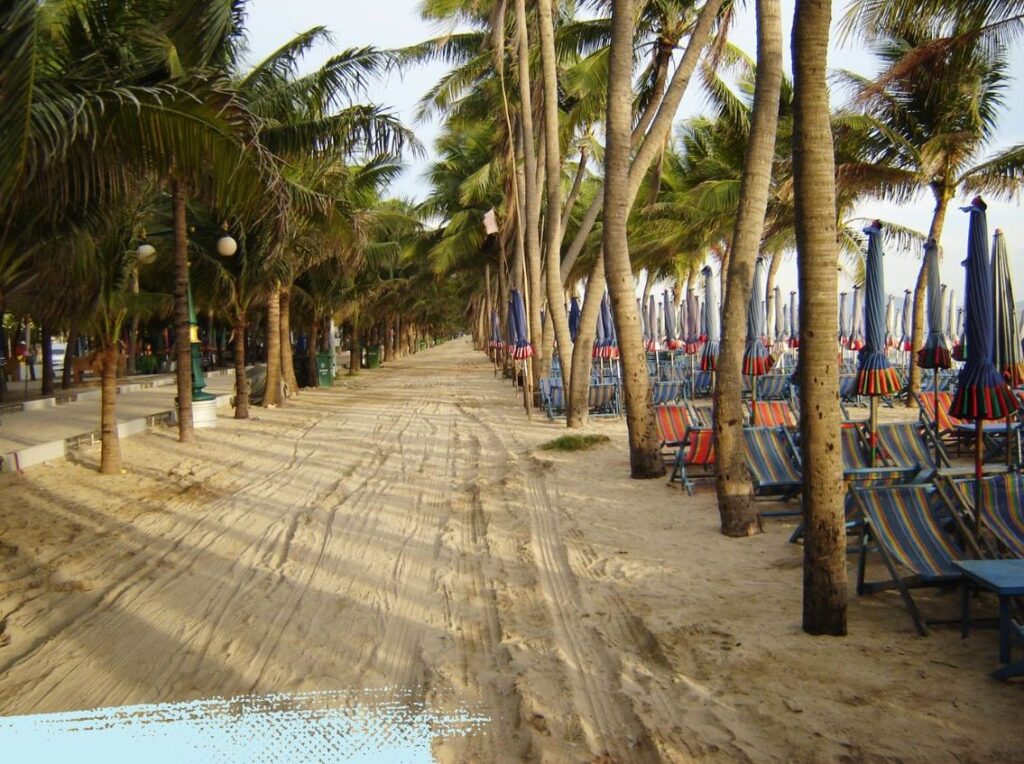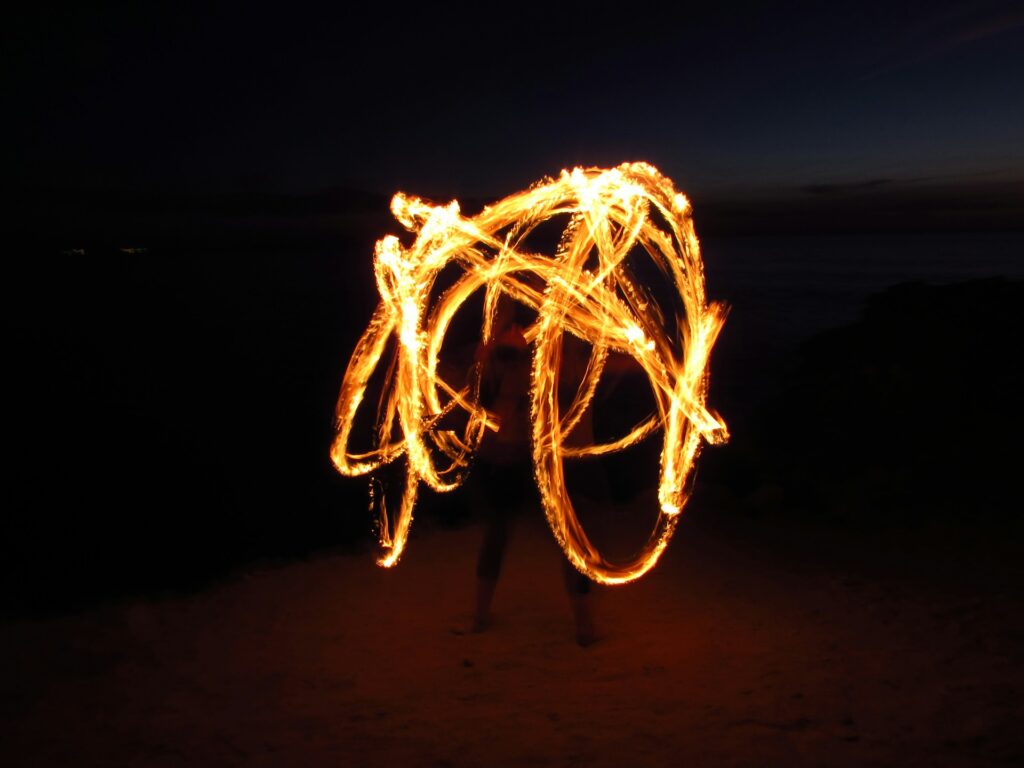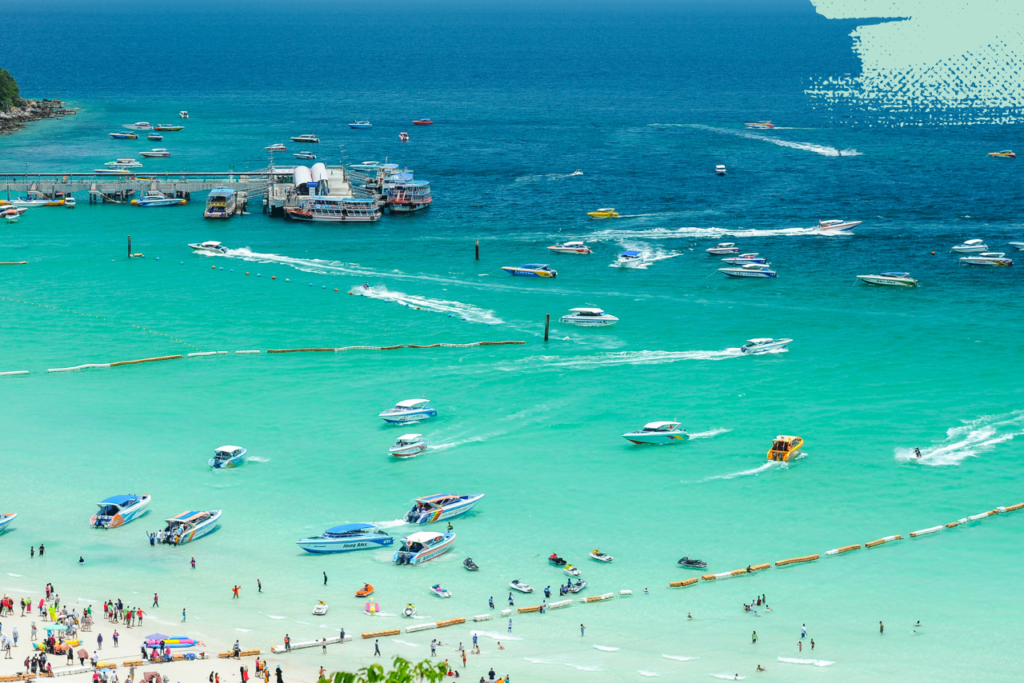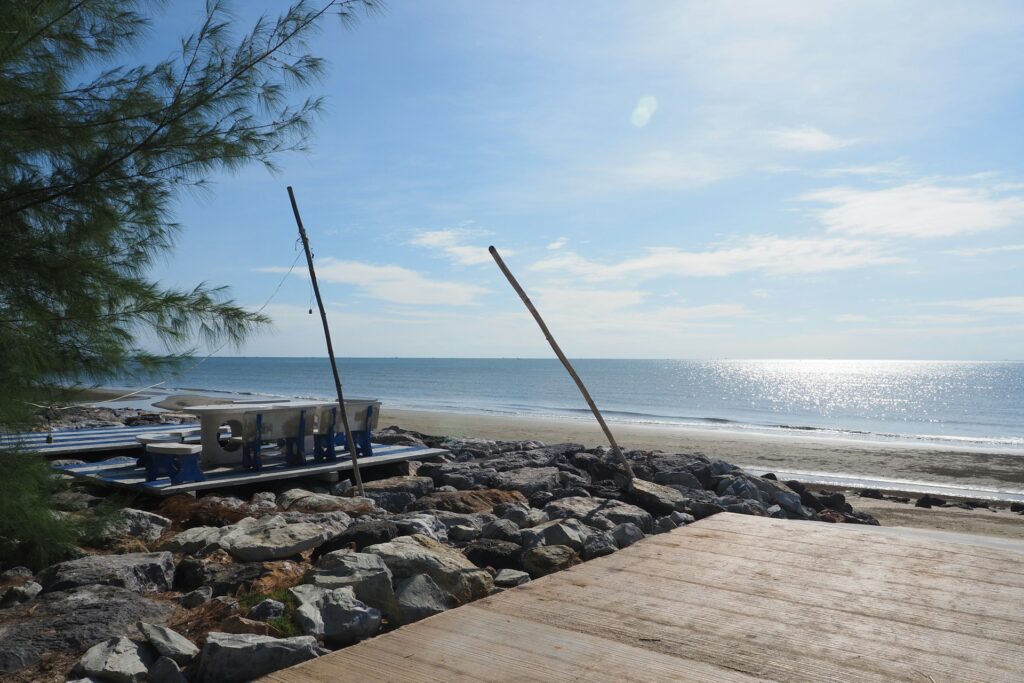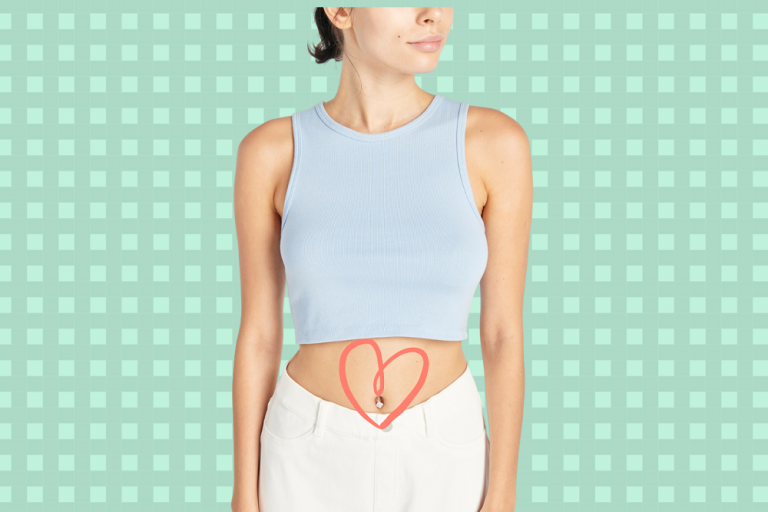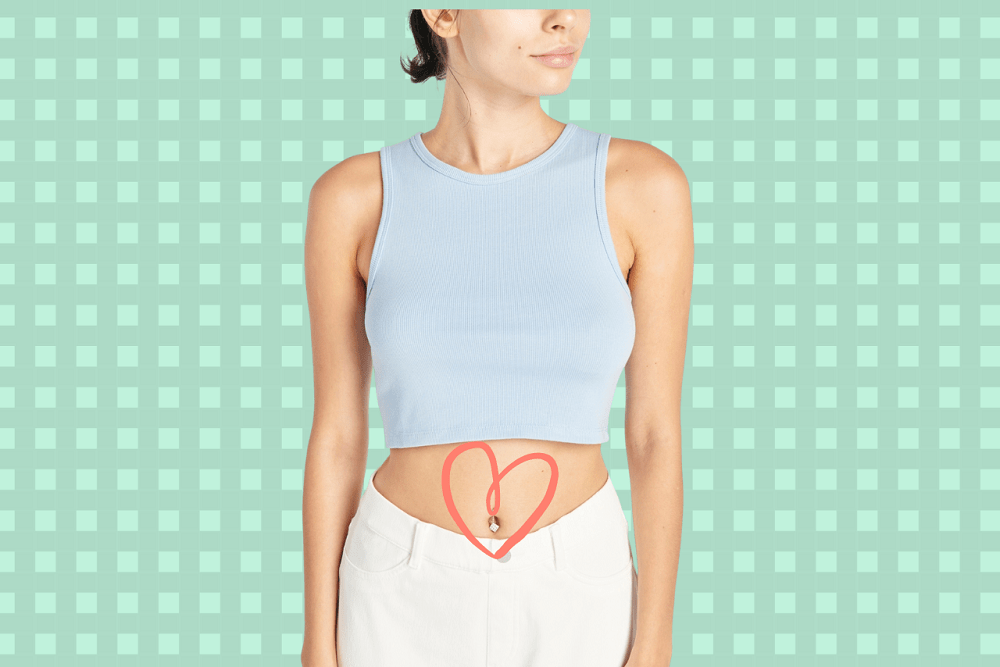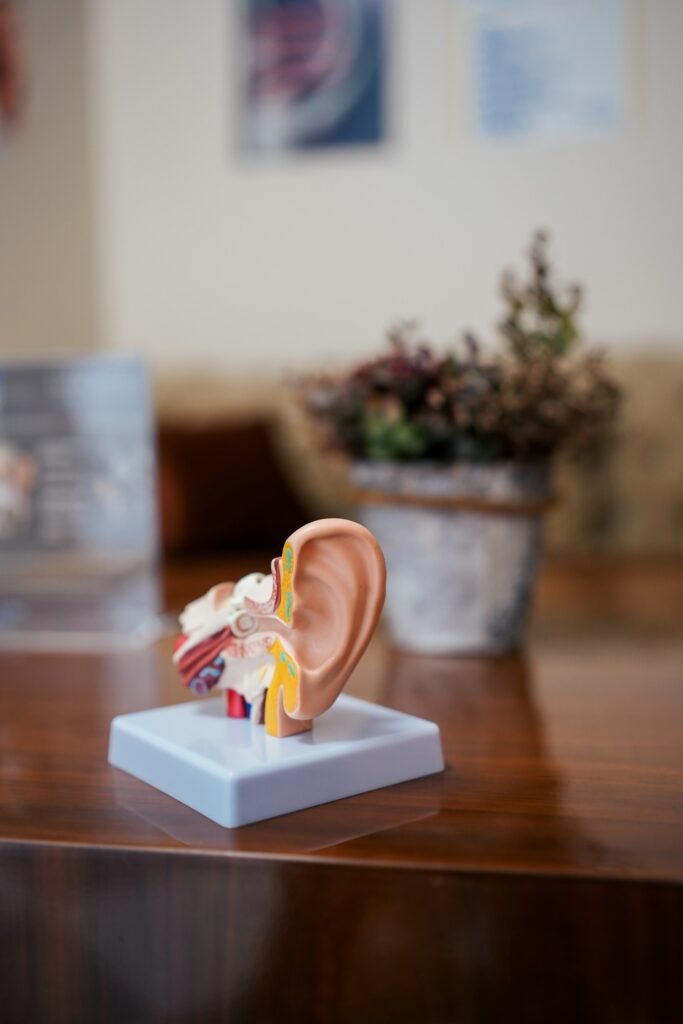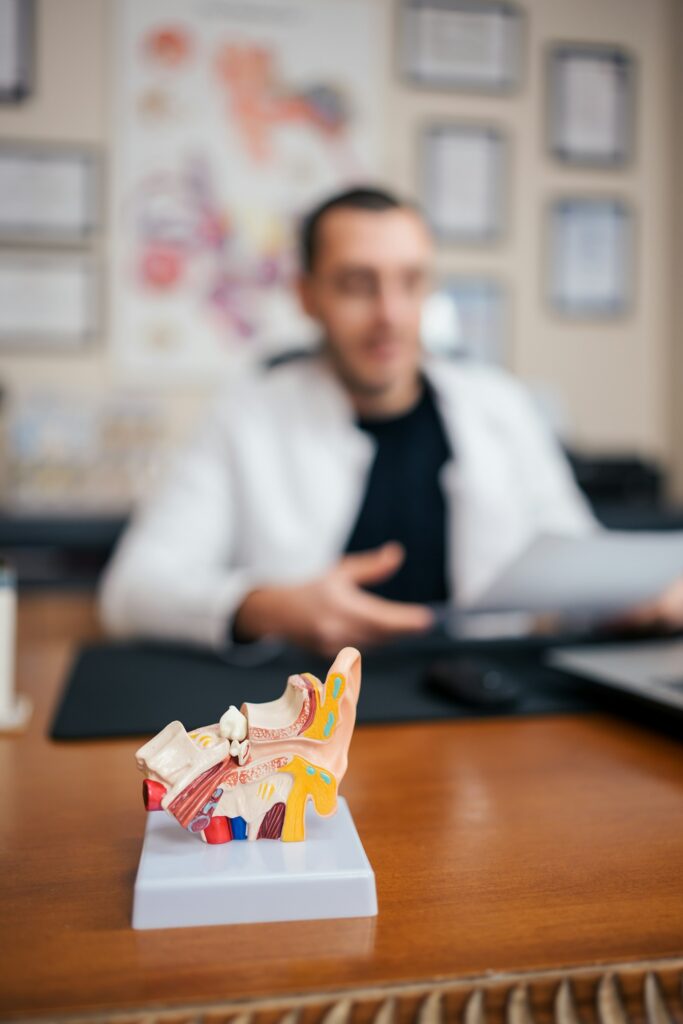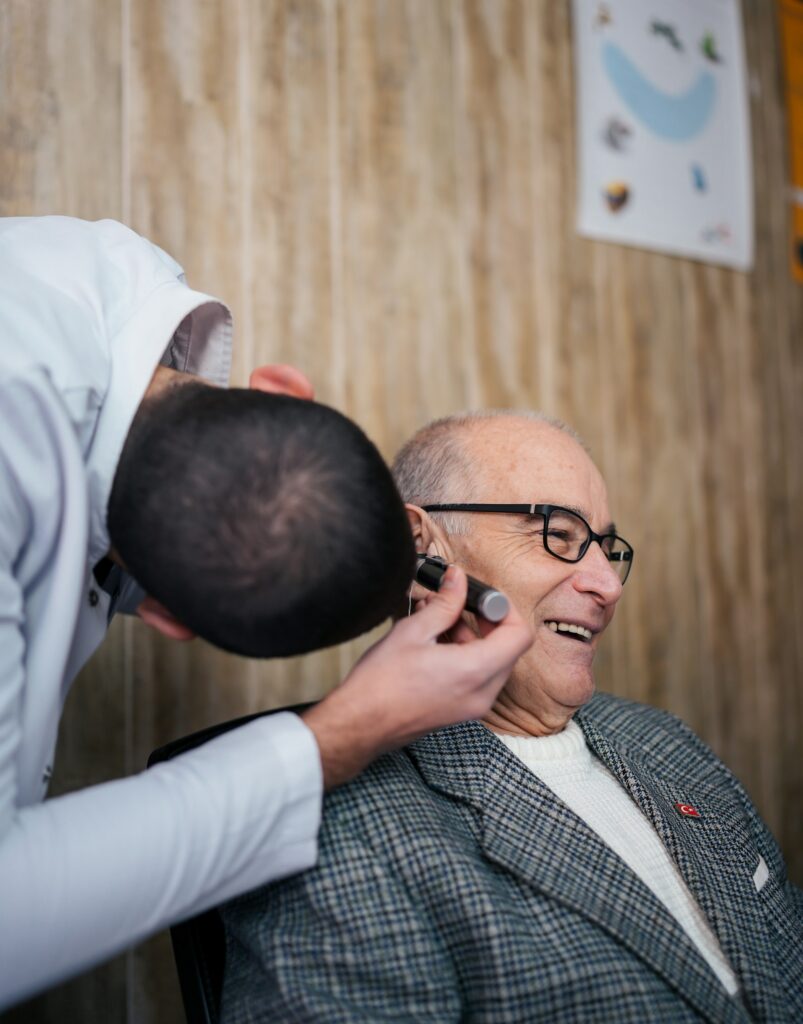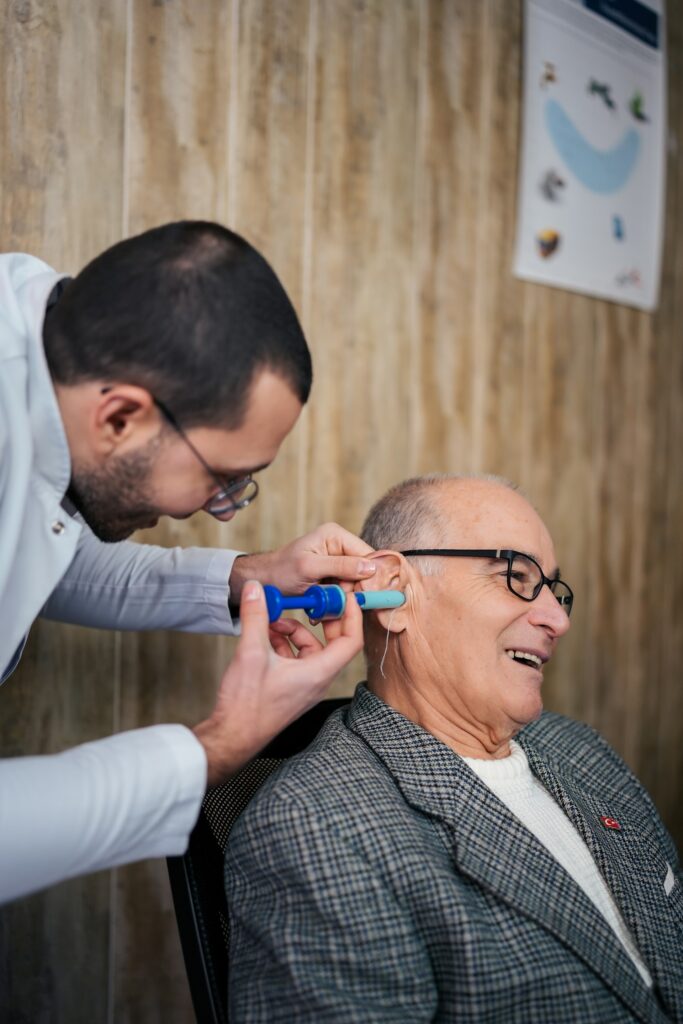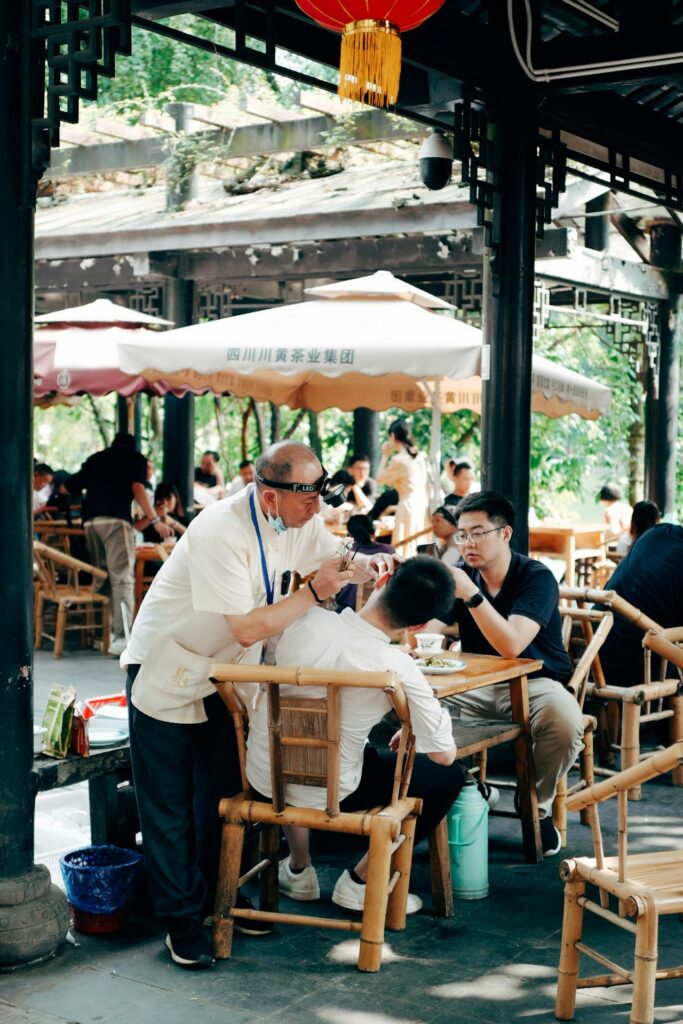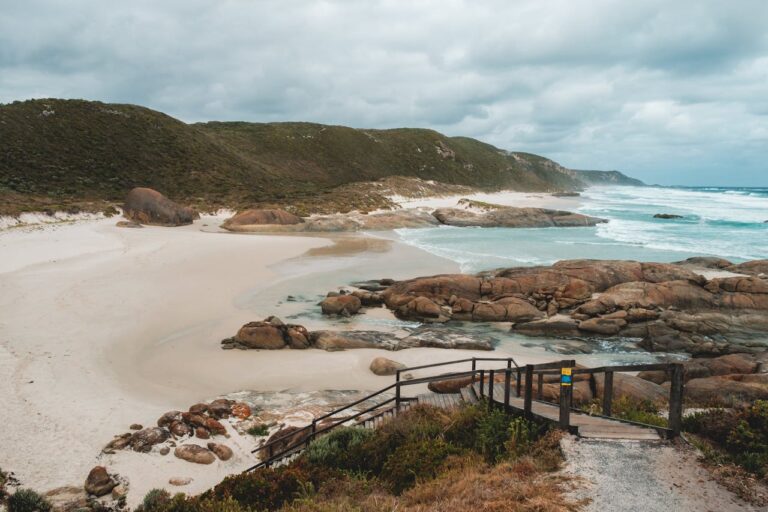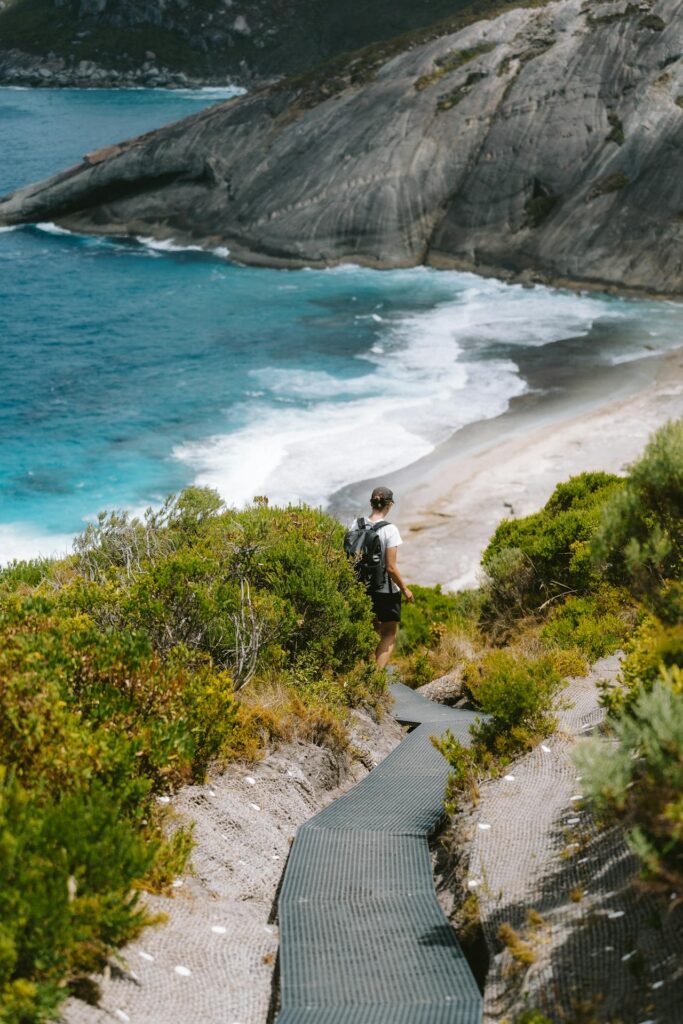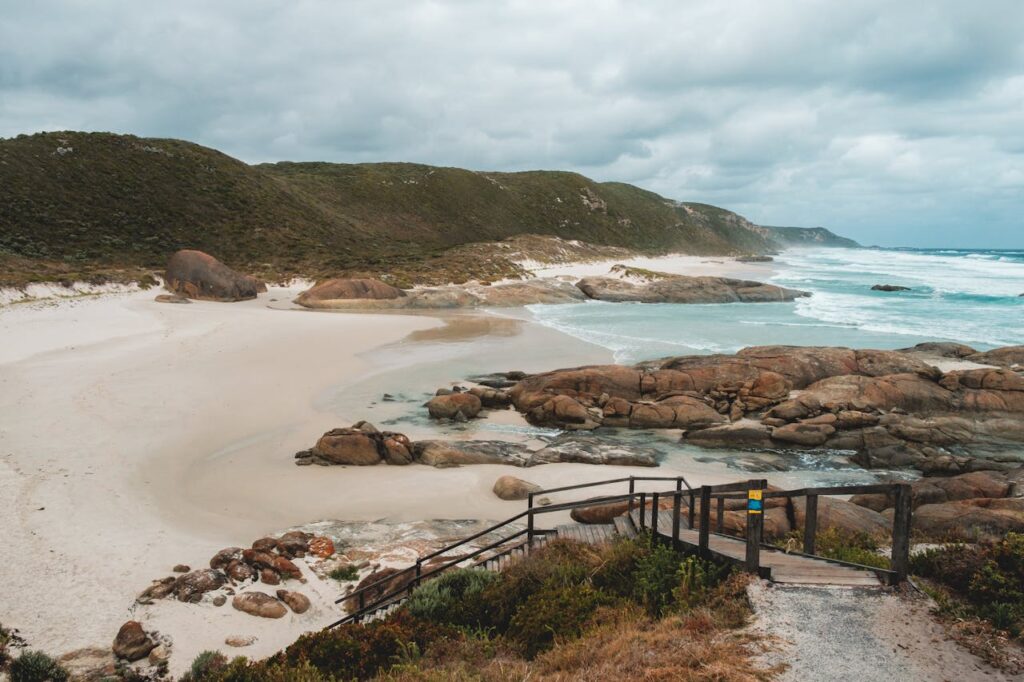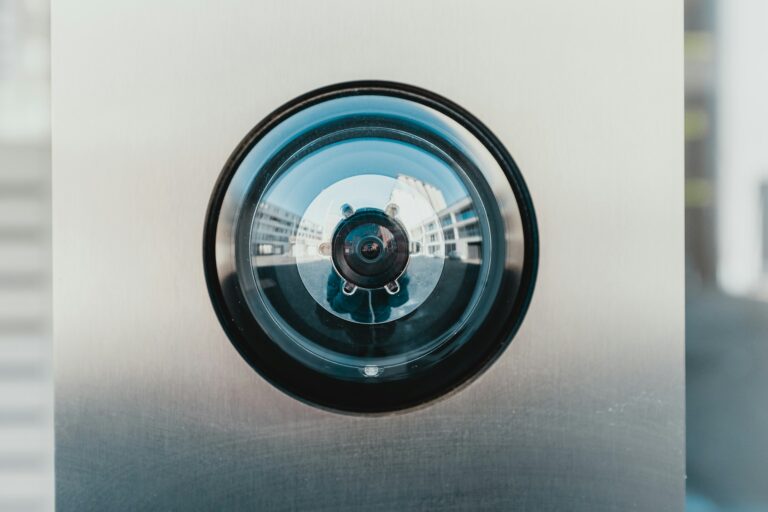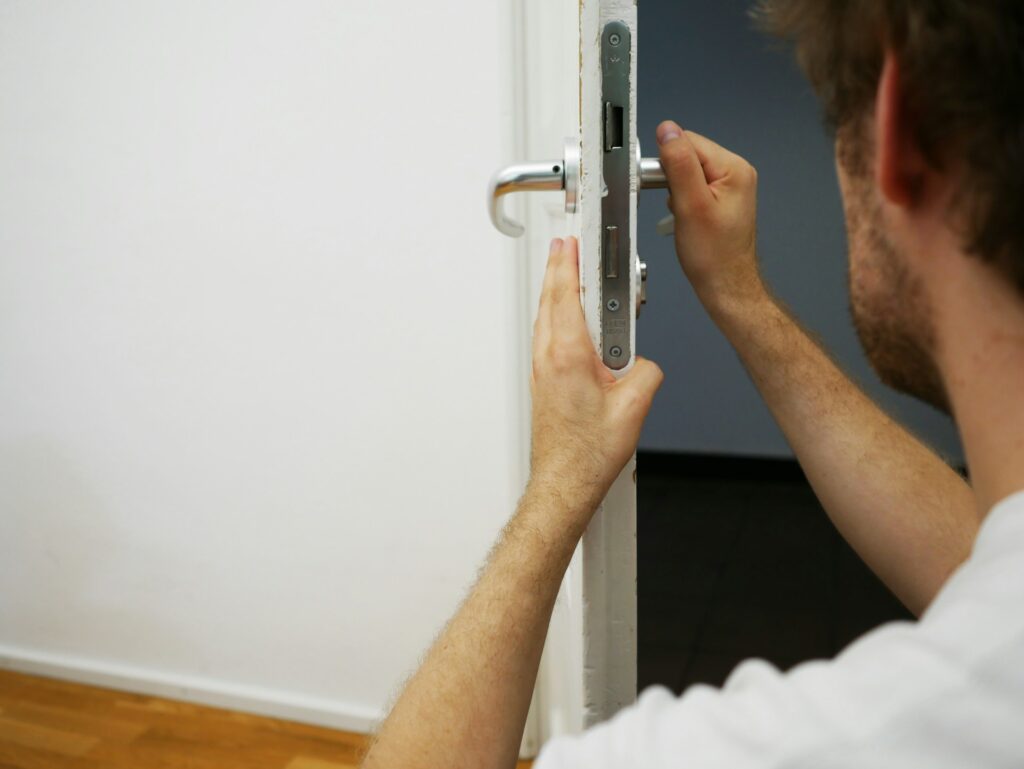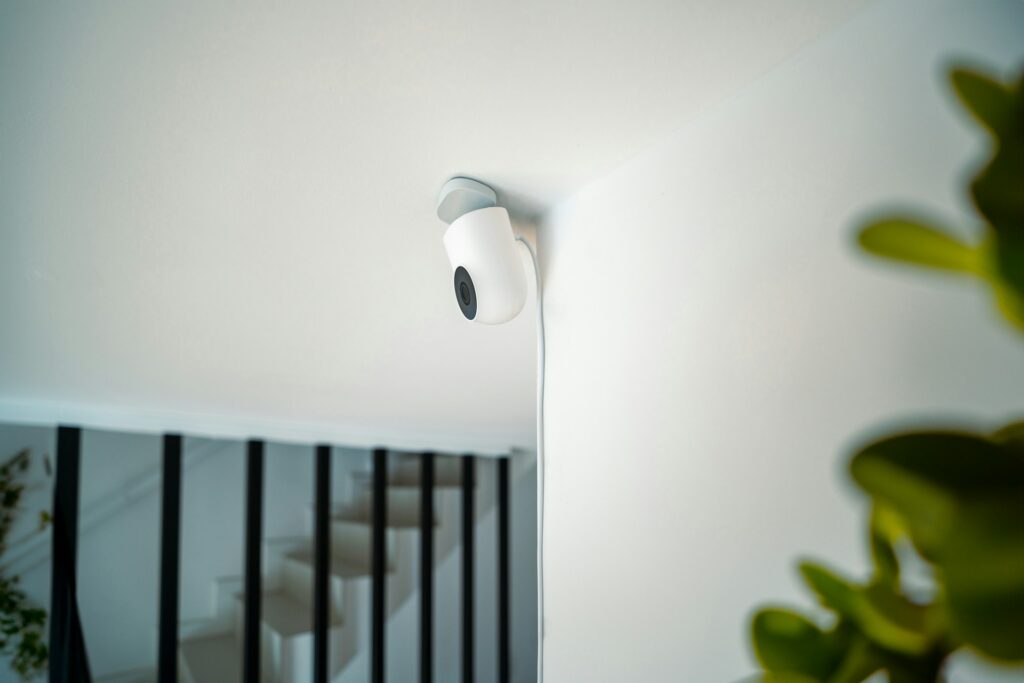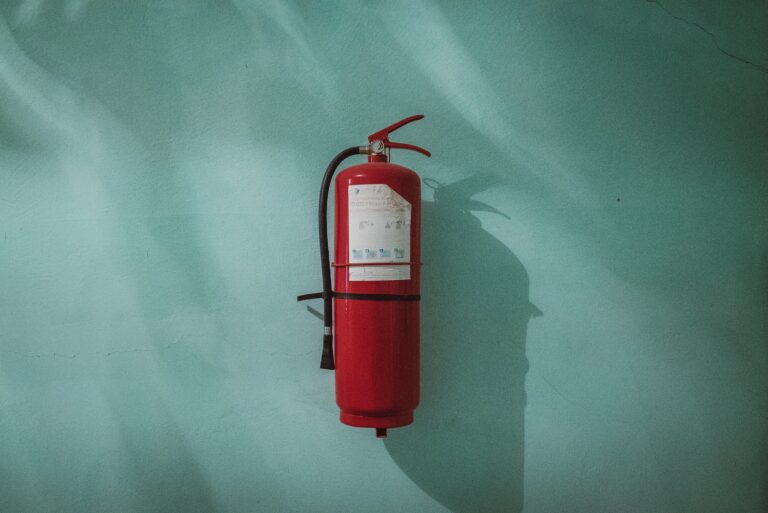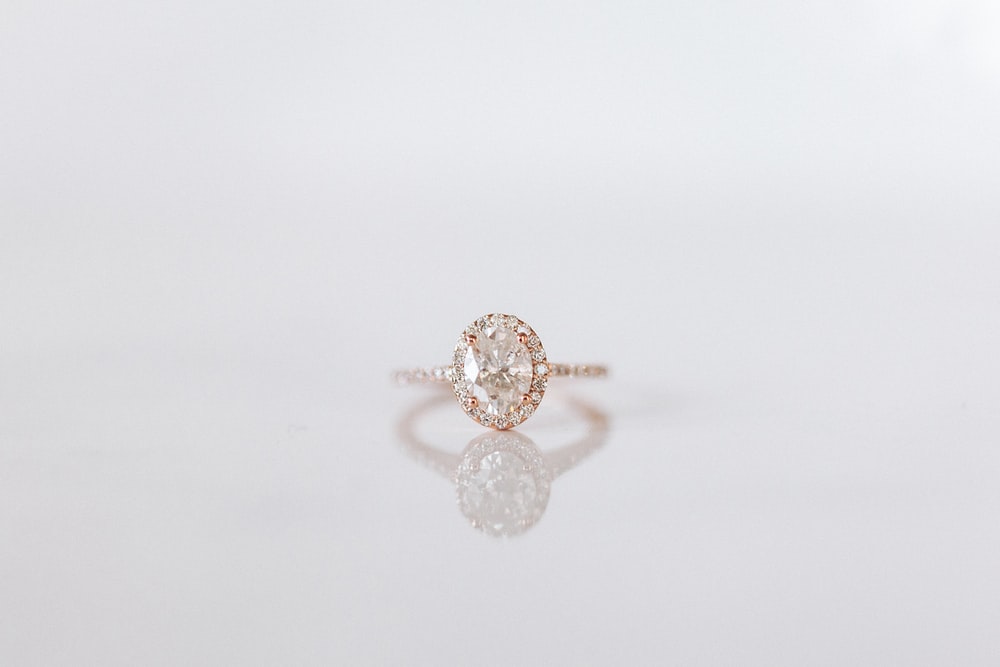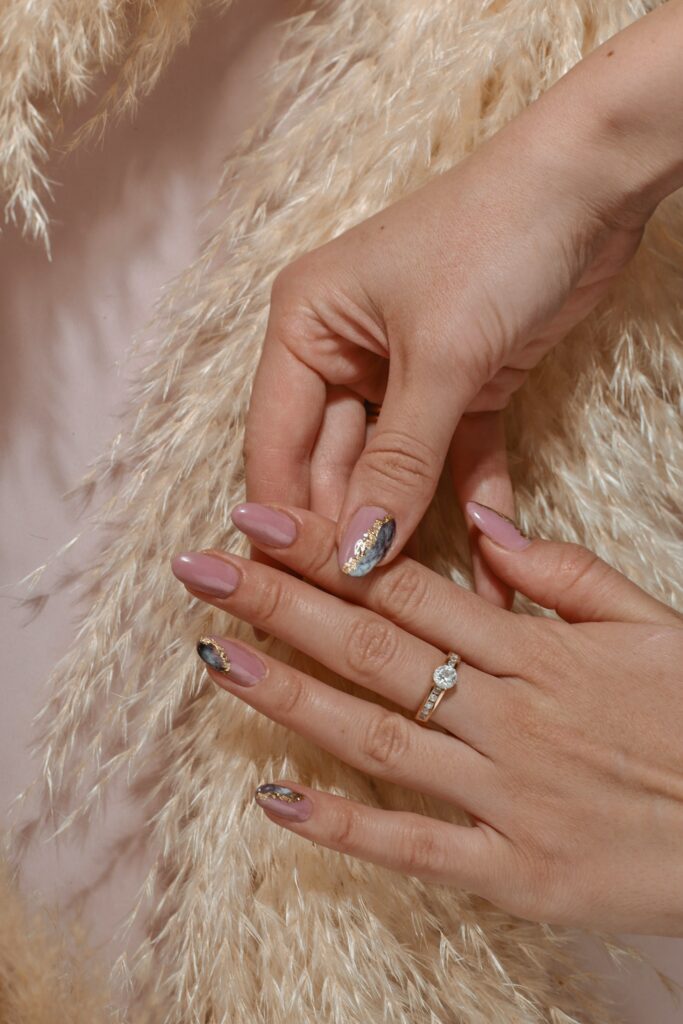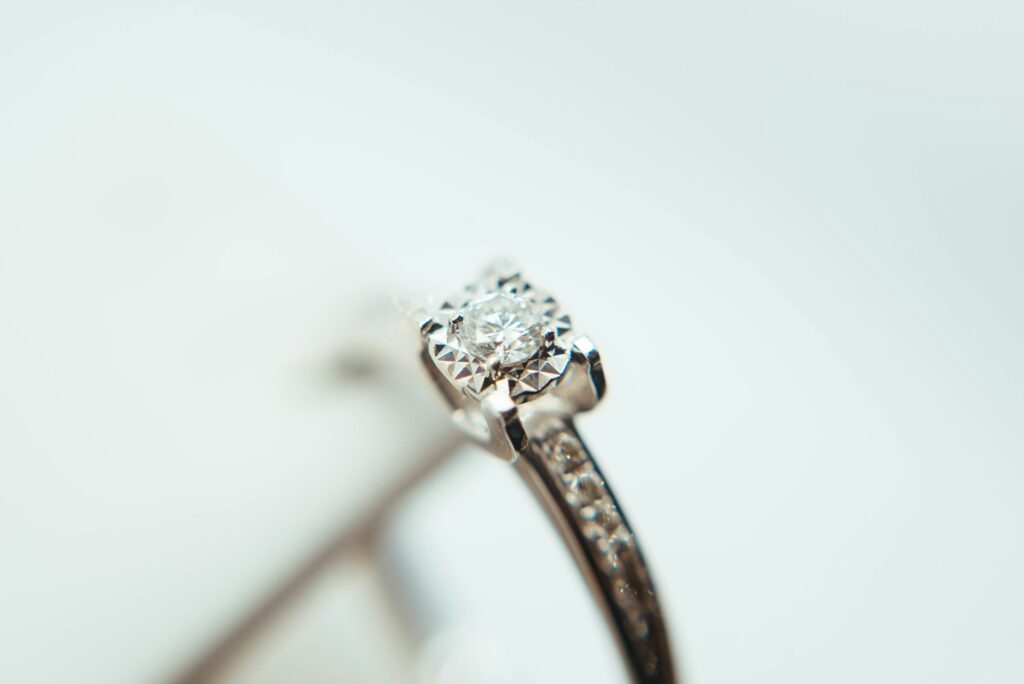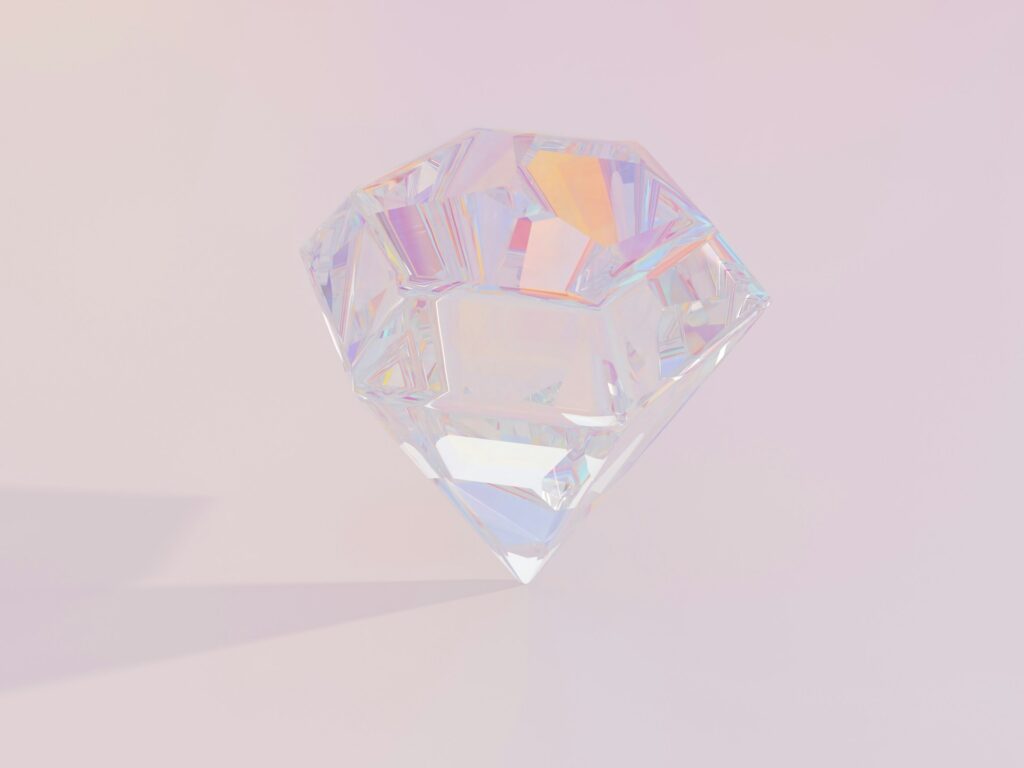Since you’ve landed here with us, we’re going to assume you’ve just passed your test or have recently invested in a sparkly new motor. If it’s not too presumptuous of us, congratulations!
We can see you’re raring to hit the high road, pedal to the metal and your drivetime playlist on the stereo. We’re right there with you, in the passenger seat, slyly turning down the volume and praying you don’t crash on your first spin around the block.
We hate to be that guy, we really do, but before we race off into the sunset and leave all our troubles in the rearview mirror, you’re first going to need to deal with the boring details of bureaucracy. More specifically, you’re going to need to find car insurance.
With such deliberations, it’s essential that you keep costs low. If you’re wondering what factors might affect the cost of car insurance, then you’ve come to the right place. Let’s find out…
It’s All About Pre-Determined Risk
When it comes to finding a competitive quotation for car insurance it is very much linked to the type of car that you are trying to insure. Most insurance companies will work on a scale that groups vehicles according to pre-determined risk.
There are many ways to compensate for a vehicle being in a higher group when we look at ways that will reduce the premium, such as increasing a policy excess or improving security. For example, the fitting of a Thatcham 2 device, which is an insurance-approved immobiliser, will help your premium.
Using a black-box type device in your car to monitor the safety of your driving can also help. This device gathers data that records speed, braking, acceleration and cornering and also takes a look at the times that you’re on the road, the number of miles that you cover and the type of roads you drive on.
It is estimated that in the first two years of driving, someone with a black box installed in their car can save £2,000 compared to an equivalent insurance policy without one.

Vehicle Grouping
In insurance, all vehicles are assigned a grouping from 1 to 50. A vehicle in Group 1 will be the cheapest to insure, and one in Group 50, the most expensive. This tried and tested grouping system helps insurance companies to work out the cost of insurance premiums on a basis that relates to risk and cost to repair.
The vehicles that are grouped as 1, if you are looking for the cheapest cars to insure, include Citroen C1, Fiat Panda, Nissan Micra, Skoda Citigo, Smart ForFour, and Vauxhall Corsa hatchback, to name a few. It is worth checking out the full list.
Group 25, mid-range, will include vehicles such as the Audi A3. The Audio A6 is in Group 50, so the model does make a difference.
Each insurance group will also be assigned a letter to indicate how standard security features have been covered. The letter E will mean that the security requirements have been exceeded, whereas a letter A will indicate that they are just acceptable. A letter D will suggest that the car does not meet the standard security requirements. Letter U will be because a car is a long way from meeting the required security standards. You may also encounter P, where there is not enough data about the car to know, and letter G if it is an import car.
Factors Affecting Car Insurance Grouping
Many factors will affect insurance grouping. One of the main ones is performance. The clue to this is your engine size and whether you have a sportier or more deluxe model of vehicle.
Other factors will include the repair times that are known for a vehicle, the cost of buying a new vehicle of that type, and the price of parts. Also, the safety of the vehicle in terms of the types of bumpers and security devices that are fitted will be considered.
In other words, any factor that will increase the risk of an accident, including potentially higher speeds, means more damage to the vehicle, or mean that there is more chance of the vehicle being stolen from its owner, which ultimately leads to a higher cost of insurance.
Insurance companies and their regulators base risk on insurance histories in terms of the average claim’s history of different driver types of vehicles and their drivers.

Consider Your Annual Mileage
One often overlooked factor that can significantly impact your car insurance premium is your annual mileage. The more you drive, the higher the risk of an accident, which can lead to higher premiums. If you can accurately estimate and possibly reduce your annual mileage, you might find yourself with a more affordable insurance quote. For instance, if you can carpool, use public transport, or work from home more frequently, you could save a considerable amount on your insurance.
The Age Of Your Vehicle
The newer vehicle types will attract the highest insurance premiums. This is because they represent more of a theft risk than the older vehicles that thieves make less money from. That is not to say that old vehicles are never stolen but the risk is reduced.
Consequently, we can start to see how it can be cheaper to insure a certain vehicle type. It is easy to have an idea of what will make a vehicle more expensive but then it is always good to check out the exact insurance group as this will ultimately determine the insurance premium. We can, in a sense, try to anticipate our insurance premium when buying a vehicle but it is better to obtain an insurance quote before purchasing so that we are sure it is affordable.
When we are looking to change our vehicle, our first thought should be our insurance company as it will not just mean potentially an additional premium but also a higher premium every year after that, depending on the vehicle we are switching to.
Assess Whether Gap Insurance Is Worth It
When purchasing a new car, you might want to consider whether gap insurance is worth it. Gap insurance covers the difference between the amount your insurer pays out if your car is written off and the amount you still owe on a car loan or the car’s original purchase price. This can be particularly useful if you have a high-value vehicle or a significant loan, as it ensures you are not left out of pocket in the event of a total loss.
Evaluate Your No Claims Discount
Building up a no claims discount (NCD) can be one of the most effective ways to reduce your car insurance costs over time. Each year you drive without making a claim, you earn a discount on your premium. Some insurers offer protection for your NCD, allowing you to make a certain number of claims without losing your discount. It’s worth considering whether this option is available and beneficial for you, as it can provide long-term savings.

Your Job Matters, Too
According to research by MoneySupermarket some drivers could save over £677 by simply changing the job title on their premium form. And while you should always be honest about your job, in insurance applications, the title itself matters. Some carry higher premiums than others.
According to research, ‘chef’ will return a premium that is nearly £100 higher than ‘kitchen staff’. Call yourself a music teacher rather than just a teacher? You could be quoted around £86 more. Copy writers will also return a different quote to just a writer. Simple semantics we know, but we don’t write the rules.
The Bottom Line
Navigating the complexities of car insurance can seem daunting, but understanding the various factors that influence your premium can lead to significant savings. Remember, the key is to balance cost with adequate coverage, ensuring you are protected without overpaying. Safe driving!


